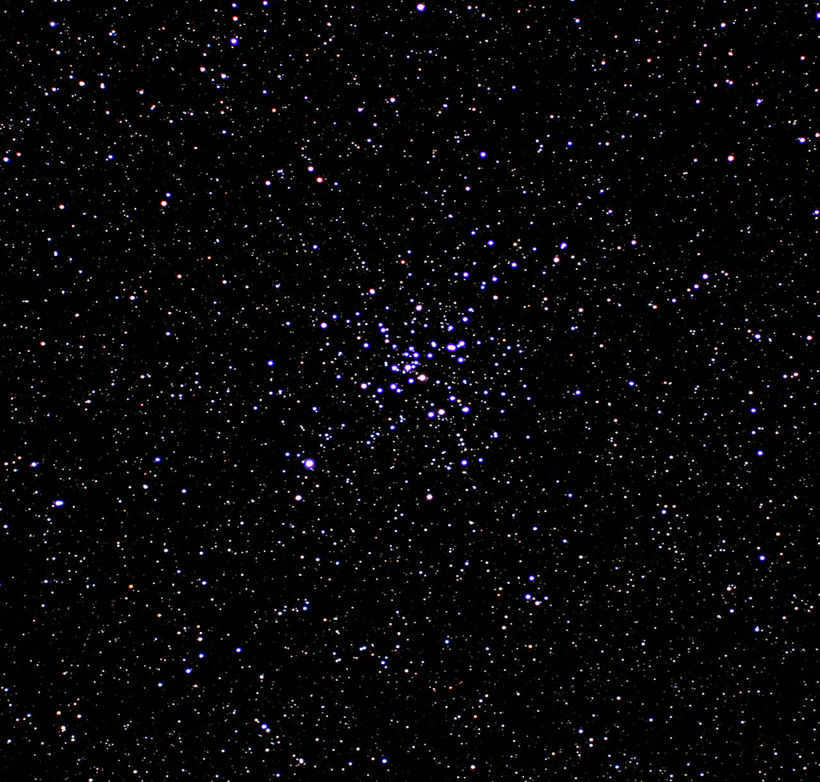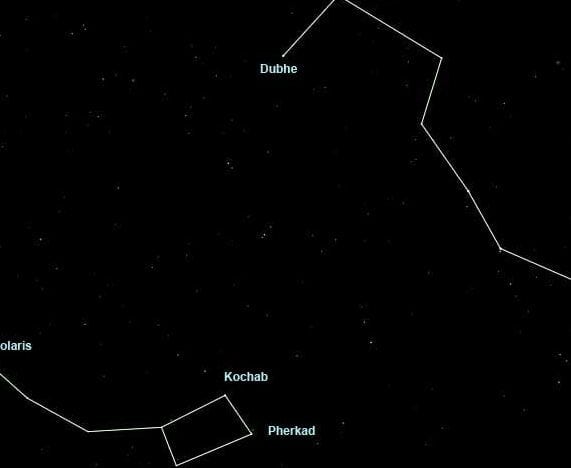Undoubtedly, the most prominent and famous constellation is none other than the Ursa Major, commonly known as the Big Dipper. To be more precise, it is not the entire Big Dipper itself, but specifically its section known as the Big Bucket, that is easily visible in the nocturnal sky. Upon closer observation, one can also spot a handful of stars located below and to the right of the Big Bucket, which form the paws and head of the Bear. The shape of this constellation is undeniably captivating, as it portrays bears with unusually elongated tails that have never been witnessed before.
The most prominent part of the constellation
Everyone can easily see that there are exactly seven bright stars in the bucket of the Big Dipper. These stars were actually named by Arab astrologers during the Middle Ages.
Their names may sound peculiar to us:
- Merak.
- Mizar.
- Fegda.
- Megretz.
- Dubge.
- Aliot.
- Benetnash.
Although these stars may appear equidistant from the ground, in reality, they are not. The seven bright stars in the Big Dipper are not all at equal distances from the Earth and the Sun.
The star closest to our planet is Benetnash. Aliot, which is located sixty light years away, appears brighter than Benetnash. It is the most luminous and dazzling celestial body in the Bucket constellation. In terms of the apparent intensity of the light it emits, all the stars in this region of the Big Dipper are considered to be of the 2nd magnitude.
Interesting details
If you observe the Bucket’s star, Mitsar, carefully, you will notice a subtle sparkle in its vicinity. The reason behind this phenomenon is quite straightforward. Mitsar is not just an ordinary star; it is actually a binary star system.
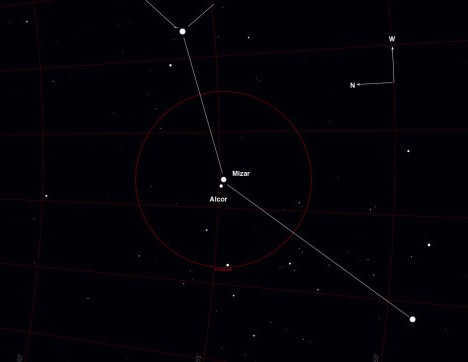
The celestial body immediately adjacent to it goes by the name Alcor. The two terms derive from the Arabic language, signifying “Horse” and “Rider” respectively. Alcor and Mizar represent one of the most prominent binary star systems observable from our planet.

There are a total of seven bright stars within the constellation known as the Big Dipper. Nonetheless, if one were to observe it through binoculars or a telescope, they would notice two additional faint streaks of light. Unlike stars, these streaks appear hazy and out of focus. These are in fact distant galaxies as seen from Earth. The galaxies residing within the Big Dipper are referred to as the Whirlpool and Pinwheel galaxies.
The rotation of the Enormous Pail
It is evident to any student that our planet does not remain stationary. As a result of its motion, it appears that the celestial bodies in the heavens are in constant rotation. The Pail follows this same pattern. During the winter and autumn seasons, the Great Bear can be found in the northern section of the nighttime sky, not too far above the horizon. However, in the spring and summer months, this highly noticeable constellation can be seen almost directly overhead. It is during this time of year that the Great Bear appears to be inverted.
Astronomical navigation tool
Therefore, there are precisely seven luminous stars in the container of the Big Dipper. Two of them can serve as a navigational aid for travelers. The idea is that it is not difficult to locate the most renowned star in the world, Polaris, using these two stars. This can be easily achieved by drawing an imaginary line connecting the outer two stars of the Dipper’s container. Then, one needs to measure the approximate distance between them. Polaris itself is situated almost directly above the North Pole.
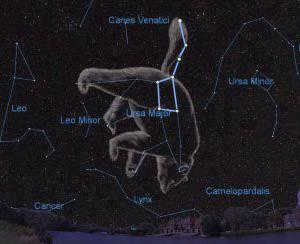
In ancient times, before the invention of navigational instruments, the constellation that separated the Big Dipper from the Little Dipper served as a crucial landmark for navigators and travelers. If you ever find yourself in a challenging situation in an unfamiliar area, just look up at the Big Dipper. It will lead you to Polaris, also known as the North Star, which will guide you in the direction of the north. This small and not particularly bright celestial object has saved countless individuals who were lost in the taiga, desert, or at sea. Polaris is located next to its closest neighbor, the Little Dipper. According to astrologers, the area where these two “animals” are situated is considered to be near the polar region.
What is the number of stars in the constellation known as the Big Dipper?
Undoubtedly, within this particular constellation, there exists an even greater number of celestial bodies than what is readily apparent within its most prominent section – the Big Dipper. Presently, it is estimated that there are approximately 125 stars within this constellation. This amounts to over 100 luminous entities, against which the Sun would appear minute and faint. Regrettably, the nearest star to our planet is not discernible to the naked eye and does not possess a designated name. According to astronomical classification, it is classified as a 7.5 magnitude star. It takes approximately 8.25 years for its light to reach Earth. This duration is nearly twice as long as the travel time of light from our closest star, Alpha Centauri. Therefore, the answer to the inquiry regarding the number of stars within the Big Dipper is quite straightforward – there are over a hundred, and not all of them can be observed without the assistance of a telescope or binoculars. To envision a mythical creature with an elongated tail within the Big Dipper, one must possess a vivid and imaginative mind.
The Tale of the Great Bear
Undoubtedly, there exist numerous myths and legends surrounding prominent celestial entities like the stars within the Big Dipper constellation. One of the most renowned tales originates from ancient Greece. The chronicles of this ancient land narrate the story of a king from Arcadia who had a remarkably beautiful daughter named Callisto. So confident was she in her allure that she dared to challenge Hera, Zeus’ consort, herself. In response, the enraged goddess employed her mystical powers and transformed Callisto into a bear. As fate would have it, Callisto’s son Arkas chanced upon the wild creature at the entrance to the palace upon his return from a hunt and prepared to slay it. However, Zeus, who was captivated by Callisto’s beauty, intervened at the last moment. Following her rescue, Callisto was raised to the heavens, becoming the stars of the Big Dipper. Simultaneously, the supreme god elevated Callisto’s beloved dog to the celestial realm, and it is now recognized as the Little Bear.
The closest star formations
The celestial bodies in the star formation called the Big Dipper, or more specifically in its Bucket, are the most easily identifiable in the nighttime sky. However, besides the constellation known as the Little Bear, there are a number of other recognizable star formations in the vicinity. The same guiding star, Polaris, can serve as a point of reference for locating one of them. Behind it, on the opposite side of the Big Dipper, at a similar distance, lies Cassiopeia, a familiar name to many. This star formation resembles the letter “M” in the Russian alphabet when viewed from the outside. Under certain circumstances, Cassiopeia “flips” and takes on the shape of the Latin letter W.
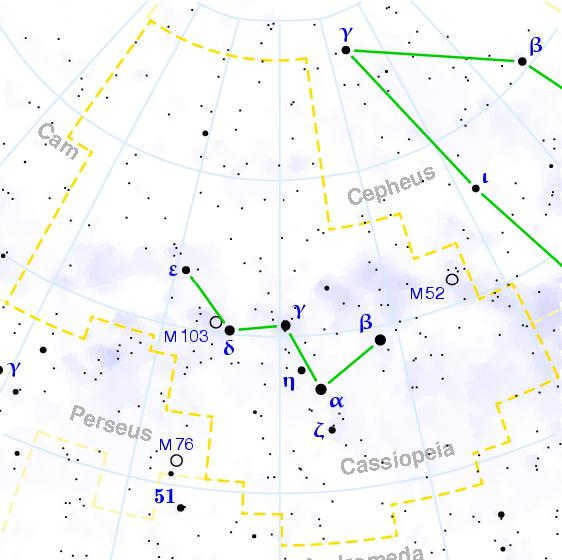
Between the Big and Little Dipper lies the constellation Cepheus, which is not particularly noticeable but also not unfamiliar. Its shape is not clearly visible. Between the two dippers, you can easily spot the twisting Dragon. The stars that make up its chain can be connected on a map with a broken line.
So, we have hopefully addressed the main question posed in this article regarding the number of luminous permanent objects in the Big Dipper. There are only seven in the Bucket. The major constellation itself consists of approximately 125 distant “suns”.
The Ursa Major – is one of the most easily recognizable asterisms. It is situated within the Ursa Major constellation and has been referred to by various names in different cultures. Some of the most well-known names include: Plough, Sapta Rishi, and Ladle. It can be easily located in the northern sky during the summer season and is widely recognized as the prominent asterism.
Many people often mistake the asterism for the Ursa Major constellation. However, the Big Dipper is not a constellation itself, but rather the most prominent part of it (the Ursa Major is the third largest in terms of magnitude).
A constellation encompasses a much larger area compared to an asterism. However, the stars forming the head, torso, legs, and tail are not as bright as the seven brightest stars in the posterior and tail region (the asterism).
The Great Bucket stars
The constellation known as the Great Bucket is composed of seven stars: Alkaid (Eta), Mitzar (Zeta), Aliot (Epsilon), Megrez (Delta), Fekda (Gamma), Dubhe (Alpha), and Merak (Beta).
The handle of the Great Bucket is marked by Alkaid, Mitzar, and Aliot, while the bowl is marked by Megrez, Fekda, Dubhe, and Merak.
Aliot is the brightest star in the constellation and is also the 31st brightest star in the sky. Five of the seven stars belong to the Moving Group of stars in the Big Dipper (Collinder 285): Mizar, Aliot, Megrez, Fekda, and Merak. These stars have a common origin and share motion and velocity in space.
Alcaide is a young blue main-sequence (B3V) star with an apparent visual magnitude of 1.85 (the third brightest in the constellation) and is located at a distance of 101 light-years. It is six times more massive than the Sun and 700 times brighter.
Benetnash, also known as the “leader of the mourners”, is situated at the tip of the handle of the Bucket (tip of the tail).
Mizar, derived from the Arabic word mīzar meaning “belt”, is a double star consisting of two double stars. It has a visual magnitude of 2.23 and is located 82.8 light-years away. In 1857, it became the first double star to be captured in a photograph.
Aliot, which translates to “thick tail of the sheep” in Arabic, is a star (A0pCr) with a visual magnitude of 1.76 and a distance of 81 light-years. It exhibits variations in spectral lines every 5.1 days. Among the 7 stars in the asterism, Aliot shines the brightest. It can be found in the tail, closer to the body.
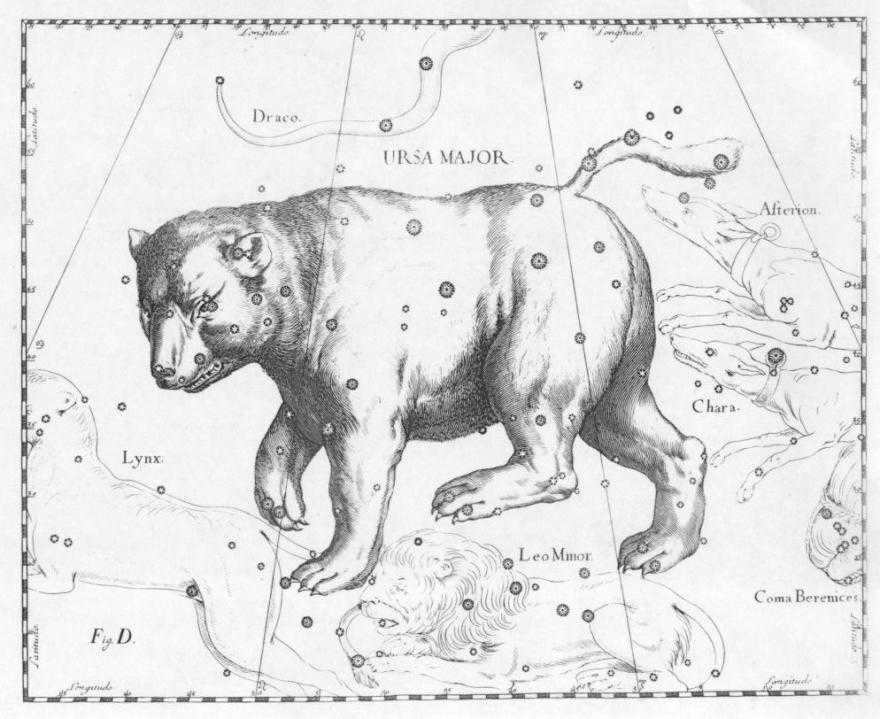
Megrez is classified as a main-sequence white dwarf of type A3V. It has an apparent visual magnitude of 3.312, making it the faintest of the seven stars in the constellation. Located at a distance of 58.4 light-years from Earth, Megrez is 63% larger than the mass of the Sun and shines 14 times brighter.
Feqda, which means “thigh of the bear” in Arabic, is another main-sequence white dwarf of type A0Ve. It has an apparent magnitude of 2.438 and is located 83.2 light-years away.
Dubhe, known as “bear” in Arabic, is an orange giant of type K1II-III. It is the second brightest star in the constellation with a visual magnitude of 1.79. Dubhe is located 123 light-years away and is a spectroscopic double star. It has a companion star of type F0V, which is yellow-white in color. The two stars are separated by a distance of 23 astronomical units and have an orbital period of 44.4 years.
Merak (an Arabic word meaning “loincloth”) is a type A1V star on the main sequence. It has a visual magnitude of 2.37 and is located approximately 79.7 light-years away. This star is of interest because it exhibits variable behavior and has a mass 2.7 times that of the Sun, making it 68 times brighter.
Interesting Facts and Location
The Big Dipper is situated in the second quadrant of the northern hemisphere (NQ2). It can be observed at latitudes ranging from +90° to -30°. The best time to view this asterism is in April. In most regions of the northern hemisphere, the Big Dipper is circumpolar, meaning it never sinks below the horizon. Due to Earth’s rotation, the constellation appears to move slowly counterclockwise around the north celestial pole.
The position of the Big Dipper in the sky changes throughout the year, with its location varying depending on the season. During the spring and summer months, it can be seen high in the sky, while in the fall and winter, it appears closer to the horizon. The appearance of the asterism also varies significantly. In autumn, it seems to be resting on the horizon, while in winter, the handle hangs out of the bowl. In spring, it appears upside down, and in summer, the bowl is tilted towards the ground.

The region where The Big Bucket is situated is home to several significant celestial objects. These include the Whirlpool Galaxy (M51), the Spiral Galaxy (M63), a binary star system, the Bode Galaxy (M81), the Cigar Galaxy (M82), the Owl Nebula (M97), and various other spiral galaxies.
Asterisms are also of great importance when searching for prominent stars. Along the handle of The Big Bucket, you can spot the Magpie asterism, which leads further to the Virgo constellation. The two stars forming the bowl of The Big Bucket point towards Polaris, while Megretz and Fekda guide us to Regulus in the Leo constellation, known as one of the brightest stars in the night sky, as well as Alfard in the Hydra constellation. Drawing a line from Megretz to Dubhah directs us to the Ascendant star, and from Megretz to Merak to Castor in the Gemini constellation.
Over the course of 50,000 years, the stars comprising the Big Dipper will undergo a shift in their positions, resulting in a change in the overall shape of this well-known asterism. However, due to the fact that the majority of these stars belong to the Moving Group associated with the Big Dipper (with the exception of Alcaid and Dubhe), the overall pattern will not undergo a drastic transformation. This particular arrangement of stars will remain consistent for the next 100,000 years, although the handle of the Big Dipper will continue to undergo changes.
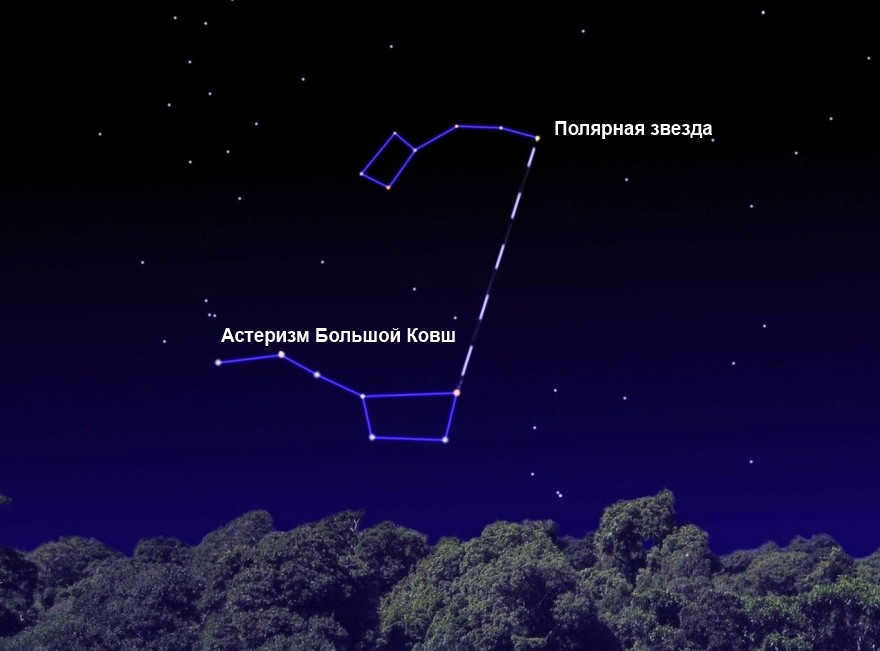
If you happen to come across the constellation known as the Big Dipper, then locating Polaris becomes an easy task that can be accomplished in just a matter of seconds. The Little Dipper is home to this significant star. The Big Ladle, which is part of the Big Dipper, revolves around the north pole and consistently points towards Polaris.
The Small Bucket is situated in close proximity to the Big Bucket. However, its stars are much dimmer and therefore more challenging to spot, particularly in areas that are heavily illuminated by city lights. As a result, it is much simpler to rely on the stars of the Big Bucket, which will guide you to the direction of Polaris and the North. To achieve this, you must trace the path of the stars Merak and Dubhe, which correspond to the end of the bowl. Just continue along this line until you encounter a bright star. These stars are referred to as the pointer stars. Additionally, after locating Polaris, you can also identify the Small Bowl, as the star is located at the end of its handle, or tail.
Legend
The Great Vessel encompasses numerous legends and folktales from various cultures. In Hinduism, it is known as Sapta Rishi, which translates to “Seven Great Sages.” In East Asia, it is referred to as the Northern Vessel, while China knows it as Zeih Sing. Malaysia recognizes it as Burudj or Biduk, and in Mongolia, it is known as the Seven Gods. In Arabic history, the stars forming the bowl symbolized a coffin, with the three stars representing mourners trailing behind. The name “Alqaid” is derived from this tale.
In the British and Irish traditions, it is called the Plow and occasionally the Butcher’s Knife in the northern regions of England. In the past, it was known as Charles Wayne, meaning “wagon,” in England. Interestingly, the Great Vessel is associated with the male gender, while the Small Vessel is associated with the female gender.
The Big Cart is known to the Slavs and Romanians, while the Germans have their own version called the Great Wagon. In Roman mythology, they believed that there were “seven oxen” pulling the cart, with only two stars representing the oxen and the rest representing the cart itself. Some Native American tribes have their own interpretation, speaking of three hunters chasing a bear, which is associated with the fall season and the turning of leaves to red. According to their belief, the leaves are stained with blood from the wounds of the bear, when the asterism is positioned below its normal position.
Look over there! A star has fallen!
– Yes, it fell right into the Bucket of the Big Dipper.
– I wonder what treasures are inside that starry bucket. I wish I could reach out and grab the handle to have a look!
– Shall we give it a try?
The expanse of sky that stretches above us is reminiscent of an ancient tome, preserving the wisdom of countless generations. With each passing night, as the sun dips below the horizon, this celestial manuscript unveils itself, revealing its radiant celestial inscriptions that hold the stories of great deeds, legendary heroes, and divine beings that once graced this earth.
The Book of the Starry Sky holds many tales, and some of the most captivating revolve around the oldest constellations. Among these is the Big Dipper, a constellation that has earned its place in the spotlight. Even today, the seven stars of the Dipper reign supreme on the list of the most beloved celestial formations. They are universally recognized. When our gaze falls upon these seven stars, we can’t help but feel a sense of majesty, serenity, and the enigmatic power of the starry sky’s beauty. Let us now open the pages of Urania, and allow the Star Book to regale us with the ancient Greek legend of the graceful Callisto, who ascended to the heavens and transformed into the Big Dipper constellation.
The charming forested mountains located at the heart of the Peloponnesian Peninsula were the beloved sanctuary of the goddess-huntress Artemis. The deity and her accompanying nymphs diligently protected the prosperity of life in Arcadia, safeguarding the young plants and animal offspring in the woodlands, preserving the purity, elegance, and youthful essence of Nature. The nymphs vowed to maintain their purity and chastity. During their ceremonial dances, they would occasionally don bear skins, earning them the nickname “bears,” while Artemis herself was known as the Bear Goddess.
Callisto, the daughter of King Lycaon who reigned over Arcadia, was among the most exquisite nymphs in the goddess-huntress’s retinue. Her name, Callisto, signifies “most beautiful” in Greek.
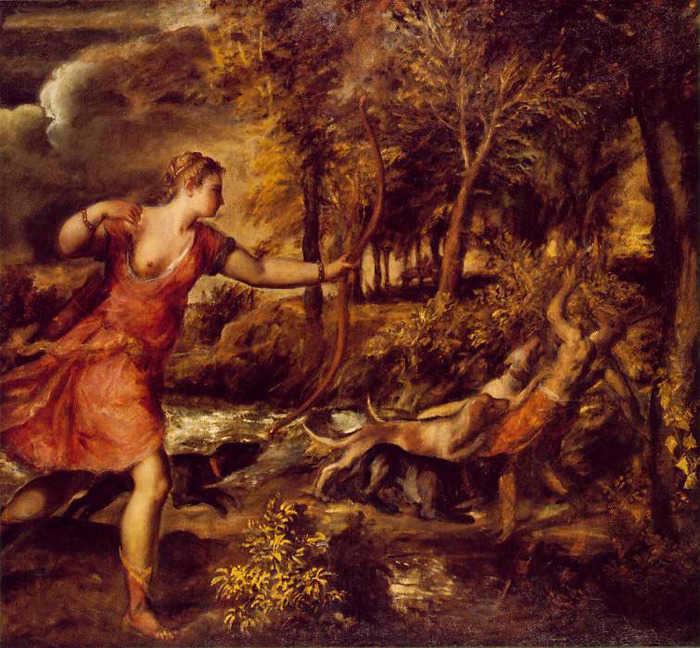
Callisto caught the attention of Zeus himself, who disguised himself as Apollo to approach her. As a result of their encounter, Callisto gave birth to a son named Arcades (also known as Arcas, which means “bear”). When Artemis discovered that her nymph had broken her vow, she transformed Callisto into a bear (according to an alternate version of the myth, Zeus turned Callisto into a bear to protect her from Hera’s wrath).
After a successful hunting trip, Arkas stumbled upon an unusual sight near his home – a bear and a dog engaged in a heated exchange. Determined to eliminate the threat, he prepared to strike the bear with his spear, unaware of the grave consequences that awaited. However, the mighty Zeus intervened, seeking to protect his cherished companion. Seizing the bear by its tail, Zeus hurled it into the heavens above. The weight of the bear caused its tail to stretch, resulting in an elongated appendage unlike any other bear. Not wanting to separate the loyal dog from its mistress, the nymph-hunter, Zeus also cast it into the sky, transforming it into a smaller bear-like form. Thus, the stunning Callisto found herself among the stars, forever captivating the gaze of those who behold her celestial beauty.

According to ancient stories, Zeus also positioned his son Arkas in the heavens – within the constellation Volopas, or transformed him into the celestial body known as Arcturus (which signifies “watchman, guardian” in the language of the ancient Greeks) to ensure the perpetual protection of his mother.
Upon learning of these events, Hera, Zeus’ wife, became enraged and implored Poseidon to prevent the presence of the detested beauty from entering her realm. Consequently, the Bears have been engaged in a graceful dance encircling the pole, forever forbidden from immersing themselves in the Ocean.

– Indeed, the Bears never conceal themselves beyond the horizon. It is possible to ascertain the current season and time simply by observing them. In ancient eras, this celestial timepiece was utilized by all explorers and seafarers. This timepiece is ceaseless. The Ursa Major constellation revolves around the celestial Pole of the World, diligently inspecting and safeguarding it as if it were tethered to Polaris with a starry bridle.
– Allow me to locate Polaris for you!
– Locate the two outermost stars of the Big Dipper, then mentally extend a line upwards from the bottom of the Dipper. Can you perceive a luminous star? That star is Polaris, the nucleus of Time, with all constellations encircling it like subjects to a celestial Queen of the Night.
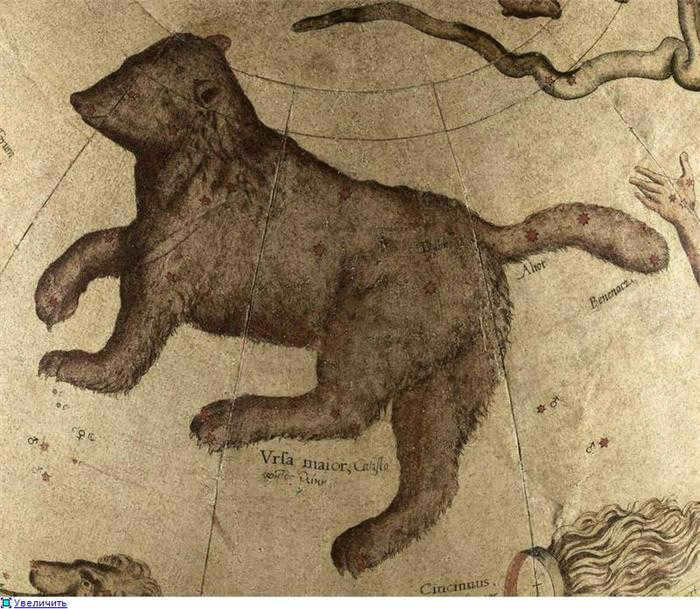
What is the term used to refer to you, the seven stars found in the northern sky?
The configuration of the Big Dipper bears a resemblance to an ancient mode of transportation. The movement of this constellation further accentuates this likeness. The ancestors of the Gauls referred to it as the Chariot of Arthur. In France and various European countries, it was known as the Chariot of David. The Romans named it Plaustrum – a “cart” being pulled across the sky by three bulls. In Britain, this constellation was likened to a plow.
In Egyptian mythology, the Bucket of the Big Dipper symbolizes the vessel of Isis – the tomb of the Mother, the bringer of life. This celestial ship of fate sails across the heavens, guided by three Egyptian gods. It is led by Anubis (the farthest star of the Bucket Handle – Benetnash), followed by Isis holding the infant Horus in her arms (the famous star couple – Alkor and Mitsar), and Neftida (Aliot). In the Dendera zodiac, the Big Dipper is depicted as a pregnant female hippopotamus – the goddess Taurt.
The Evenks envision the sky as the taiga of the upper world, where the cosmic Moose Haglun resides, carrying the Sun into the taiga every evening. The bucket of the Big Dipper represents Haglun’s feet, and the three stars symbolize the hunters or the mythological Mangi bear that hunts the Moose. The Little Bear is the calf of the Moose, and the Milky Way represents the tracks of the hunter-bear.
The circumpolar section of the Book of Constellations is a valuable source of information regarding the era of King Arthur. Within it reside the stellar depictions of the Round Table, the Northern Crown constellation known as the Crown, and Arthur’s sword represented by the conventional form of the Volopassus constellation, with its brightest star Arcturus. Notably, it also features the highly coveted treasure of the knights, the holy Grail Cup, which is symbolized by our renowned Bucket of the Big Dipper.
Did you know that the Big Dipper holds a hidden secret? According to ancient legend, Zeus himself used to feed from the starry Ladles. Let me tell you the story. In the early days, when the Titans ruled the world, the Great Mother Goddess Rhea, out of fear for Cronus who consumed his own children, concealed the newborn Zeus in a cave. There, he was nourished by a goat named Amalthea and two bears – Melissa and Helis. As a gesture of gratitude, Zeus placed them in the very center of the sky. And so, the Nurse Bears have been residing in the celestial realm, with their starry Ladles preserving the memory of this event. What exactly did they feed the God? What secrets lie within those starry Ladles?
A celestial tapestry blankets the Earth, adorned with innumerable twinkling lights that never fade. They forever watch over us, beckoning us to gaze upon them and reminisce.
– I achieved it! I gazed into the heavenly ladle and it felt like I had satisfied my longing with celestial tales!
– Indeed, the soul also craves nourishment.
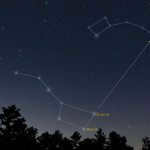
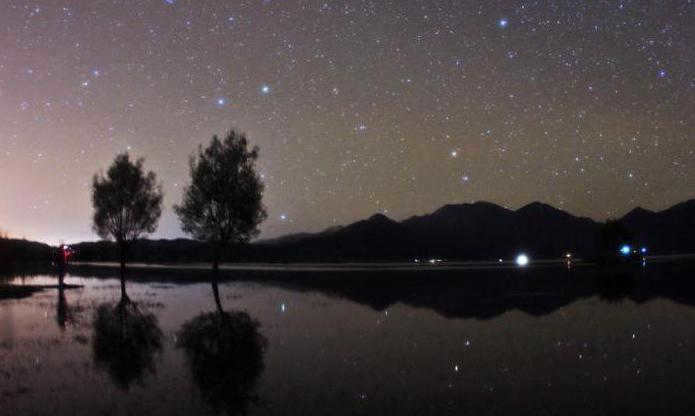

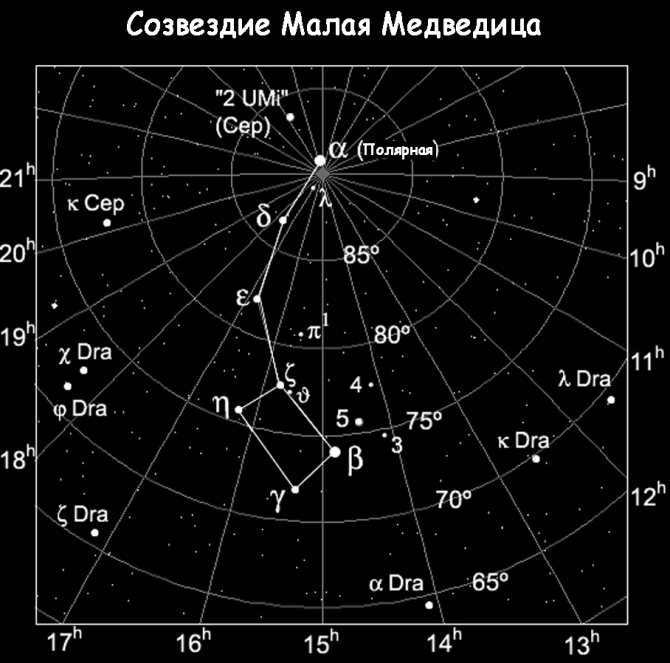
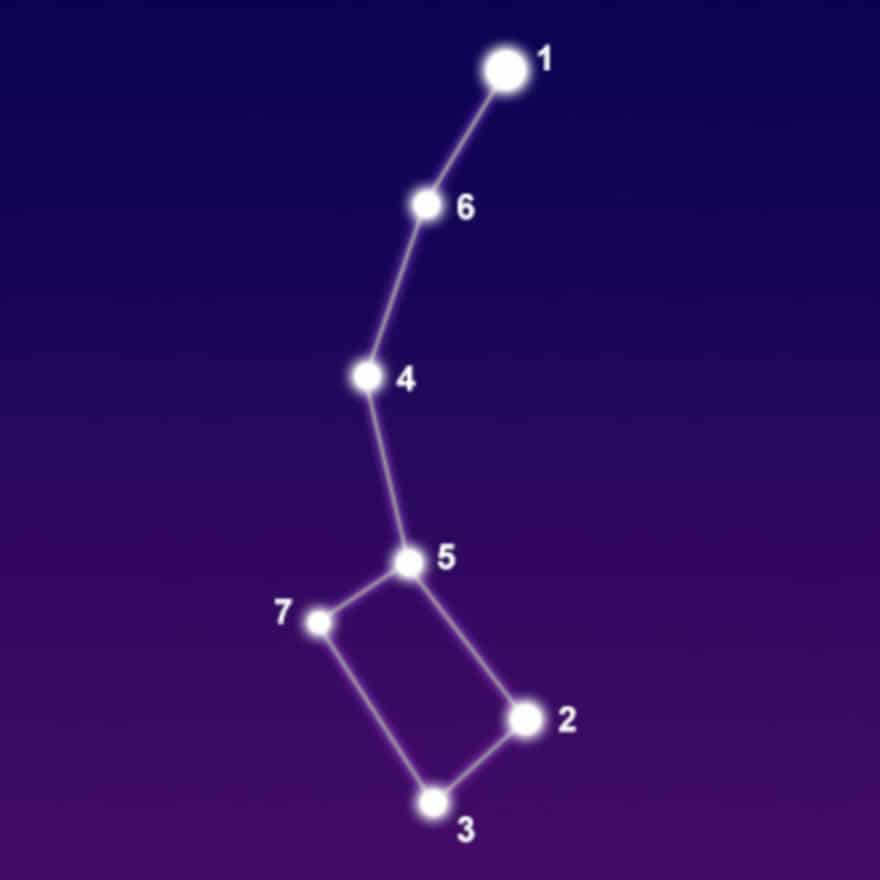
How to locate the Little Bear using the Big Dipper?
Obviously, it is easy to locate the Big Dipper. It is a distinct and bright constellation. Since both constellations are close to each other, it is clear how to locate the Little Bear using the Big Dipper. To do this, mentally connect the last two stars of the Big Dipper: from Merak (β of the Big Dipper) to Dubhe (α of the Big Dipper), and extend this line upward by a distance that is five times the distance between them. This is how you will locate the Alpha (Polaris) of the Little Bear constellation.
Before wondering how to locate the Little Bear constellation based only on the position of Polaris, it is important to understand the shape formed by the stars and the position of the asterisk relative to the Big Dipper.
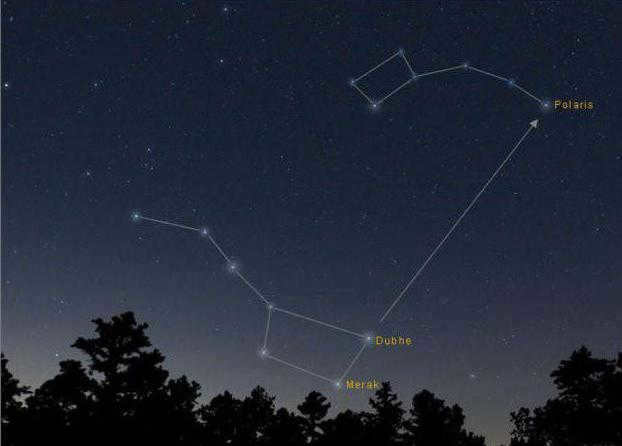
To fully comprehend: based on their names, they are quite alike and resemble the shape of a pail. In terms of their positioning, the Little Dipper is essentially in an inverted orientation compared to the Big Dipper.
Also, check out: A man abandoned everything and relocated to the countryside: how he manages to survive without electricity and mobile devices (photo)
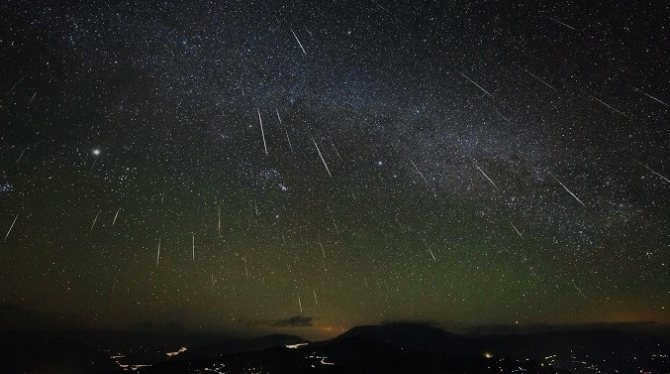
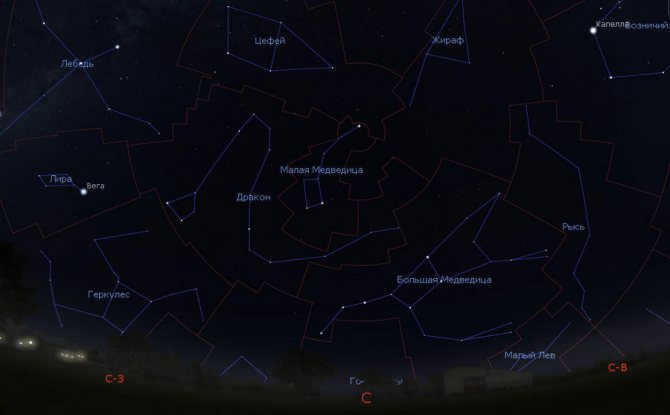
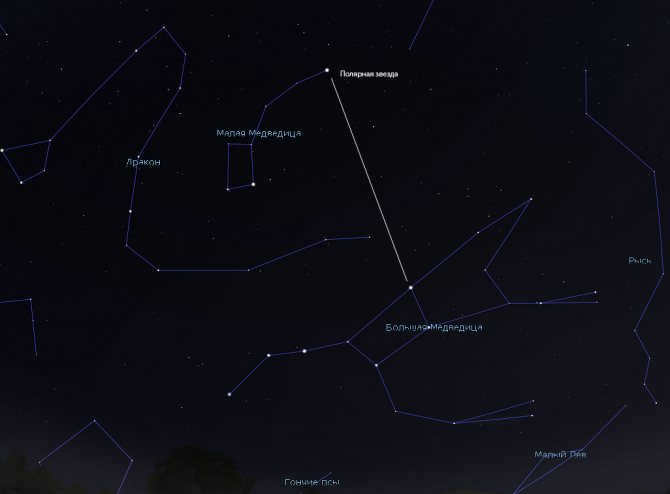
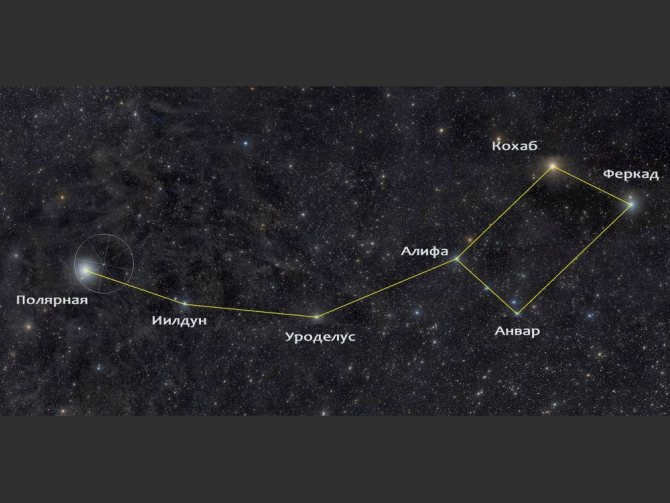
One can easily spot Polaris by locating the Big Dipper. The brightly shining segments of this constellation are visible throughout the year in Russia and several other nations in the northern hemisphere. These segments form a prominent dipper shape.
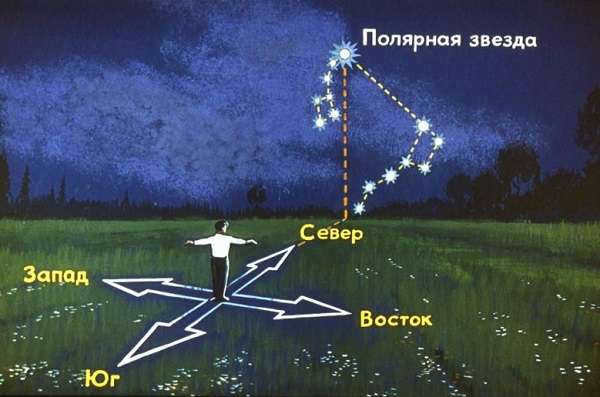
To determine the constellation, one must mentally extend the line connecting its farthest points to a length five times greater than the original segment.
Alternatively, a compass can be used to locate a Cepheid. Polaris served as a navigational guide for travelers, leading them to the North Pole.
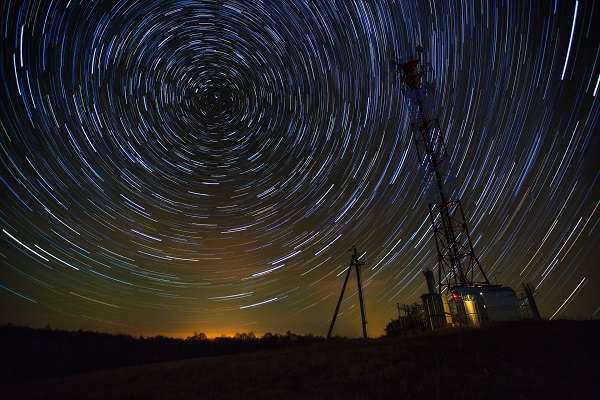
By gazing at the celestial body, one can perceive that it is the singular entity that remains stationary. As the evening advances, every star pattern traverses the nocturnal expanse, yet it remains immobile above the Arctic region.
Before you begin your search, it would be helpful to familiarize yourself with a star chart. This will greatly facilitate your quest in locating the asterism. Once you become acquainted with the process, you will be amazed by how easily you can identify the desired star cluster. If someone were to inquire about finding the Little Dipper within the Big Dipper, you would have no trouble explaining the exact method.
Now that we have learned how to locate the constellation Ursa Minor, let us discuss the significance of Polaris. This star played a crucial role in guiding past explorers and navigators on their long and arduous journeys. Despite not being the most luminous star in the night sky, it is situated closest to the northernmost point of the Earth, with an error margin of only 1 degree. However, after a mere 145 years, this position error will exceed one degree.
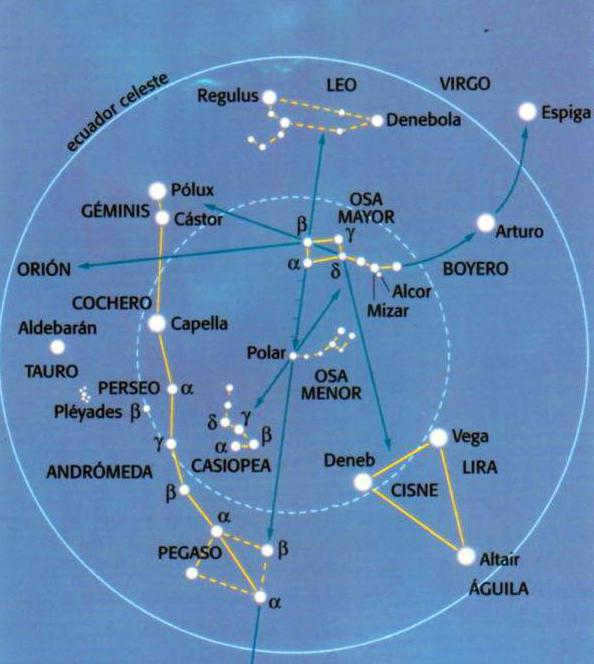
After the year 3200, the star that will be closest to the northern point of the world is Alderamin (alpha Cepheus).
July lunar calendar August lunar calendar September lunar calendar
“To continue studying the night sky, the constellation Ursa Minor is the next constellation to learn after mastering the Big Dipper and Polaris. Knowing these constellations will always help you navigate the terrain.” “Currently, astronomy is not a mandatory subject in schools and is only taught as an elective…”
Fig. 1 Diagram of the Ursa Minor constellation
The Ursa Minor constellation, despite its 27th ranking among the constellations in the Northern Hemisphere and 56th ranking in terms of angular area among all the constellations in the celestial sphere, is highly significant for navigation because it currently houses the North Pole. It is important to note that the Ursa Minor is part of a constellation group with its older sibling, the Big Dipper[]
. The Ursa Minor is directly bordered by only three constellations – the Draco, Camelopardalis, and Cepheus. As the northernmost constellation, the Ursa Minor never sets below the horizon not only in Russia, but also in all countries located north of the Tropic of Cancer.
Constellation of the Little Bear: Stars and Contour Diagram
The Little Bear constellation does not possess a plethora of brilliant stars. There are only three stars that form the prominent “bouquet” – the brightest is Alpha Minor of the Little Bear, also known as Polaris (α UMi, 1.97), followed by Cohab (β UMi, 2.07) as the second brightest star, and Thercade (γ UMi, 3.00) as the third. All the other stars visible to the naked eye within this constellation are of fifth and sixth magnitude. A distinctive feature of the Little Dipper is that each star, even the faint ones that create the asterism[]
Small Bucket, possesses its own unique name (Fig. 2).
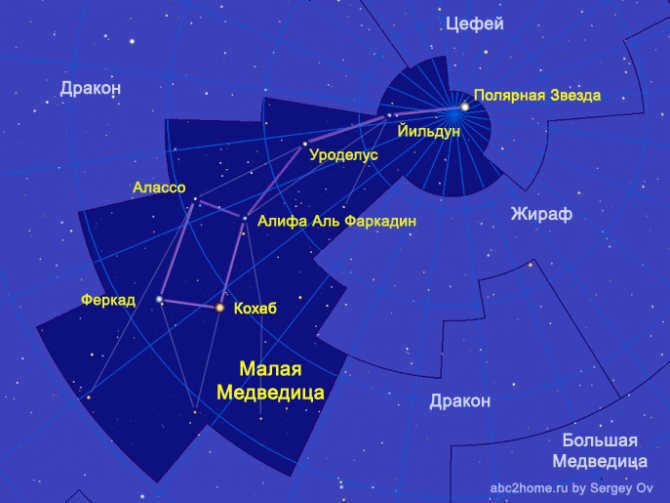
The Big Dipper is a group of stars in the sky, and it is known as the constellation of the Big Dipper. It was named after Sergey Ov, who discovered it. Figure 2 shows the constellation of the Little Bear, and it displays the names of the brightest stars. The lilac line represents the asterism called the “Small Bucket,” which is a symbol of the Little Dipper.
Figure 2 displays the identification of 4 additional stars with a 5th sidereal magnitude: Urodelus (ε UMi), Alifa Al Farkadin (ζ UMi), Yildun (δ UMi), and Alasso (η UMi). Our proposed schematic drawing of the Little Bear constellation incorporates both the brightest stars and the stars with fifth and sixth magnitudes, which are typically not used in constellation diagrams. With the provided outline, one can easily visualize a predatory beast on the trail (Fig. 3). (To observe the asterism Small Bucket, hover over the figure with JavaScript enabled. However, please refrain from moving further, as moving the cursor outside the figure will cause the bucket to disappear, and the bear will “dig the earth”).
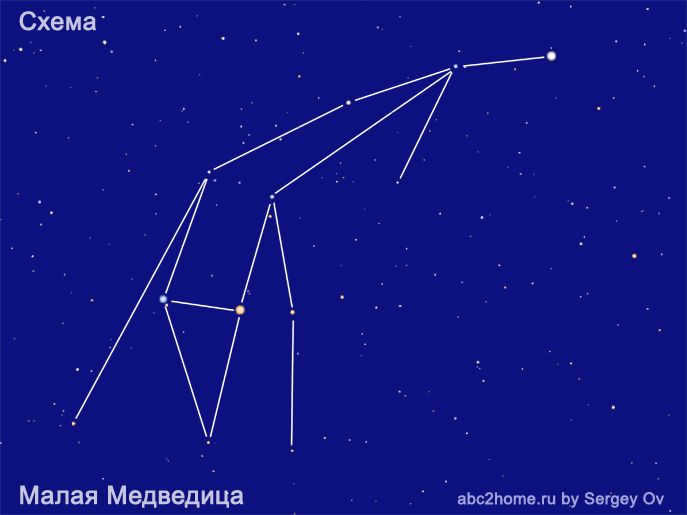
Constellation of Ursa Minor, stars of Ursa Minor Sergey Ov
Fig. 3 Diagram of Ursa Minor constellation. Diagram of stars (contour image) forming a bear on the trail. Chart outline by stars: Polaris (α UMi) – Yildun (δ UMi) – Urodelus (ε UMi) – Alasso (η UMi) – RR of Ursa Minor (RR UMi) – Alasso (η UMi) – Fercad (γ UMi) – HD 124730 (HIP 69373) – Cohab (β UMi) – Fercad (γ UMi) – Cohab (β UMi) – Alifa Al Farqadin (ζ UMi) – 5 Ursa Minor (5 UMi) – HD 118904 or alternatively 4 Ursa Minor (4 UMi) – 5 Ursa Minor (5 UMi) – Alifa Al Farqadin (ζ UMi) – Yildun (δ UMi) – HD 133002 (HIP 72573)
There are only two stars in the Little Bear constellation that are used for navigation: Cohab and Polaris. To access the list of 47 stars in the Little Bear constellation, you can refer to the list titled “Notable and Visible Stars of the Little Bear Constellation.”
If we take an honest look at the new constellation scheme, it’s easier to see a dog rather than a bear. It’s possible that the ancient Greeks also saw a similar figure, which is why they called Polaris “Kinosura,” meaning “tail of a dog” in Greek. Perhaps if we turn the dipper vertically, it will be easier to mentally construct the figure of a bear-like beast climbing a tree (Fig. 4).
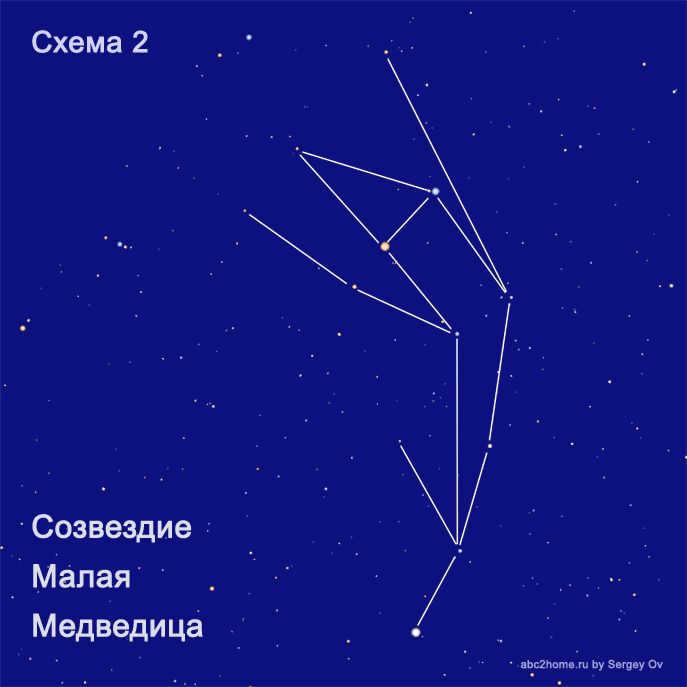
A depiction of the Ursa Minor constellation reveals an intriguing shape resembling a youthful, slender bear endeavoring to ascend a towering tree.
The star Polaris stands as a temporary beacon of light
In the 21st century, Polaris is currently enjoying its status as the guiding star of the North, serving as a reliable point of reference to the North Pole of the World. By April 23, 2102, the Polar Star will come extremely close to the World Pole (with a minimum angular distance of 27′34″) before gradually moving away from it. It’s important to note that it is not the star itself that is in motion, but rather the World Pole, which experiences a phenomenon known as precession due to the Earth’s axis slowly rotating in relation to the ecliptic pole along a circular path with an angular radius of approximately 23° (see Fig. 5). The movement of the Earth’s axis causes the North Pole of the World to shift counterclockwise. It takes a complete revolution around this circle approximately 25776 years to complete!
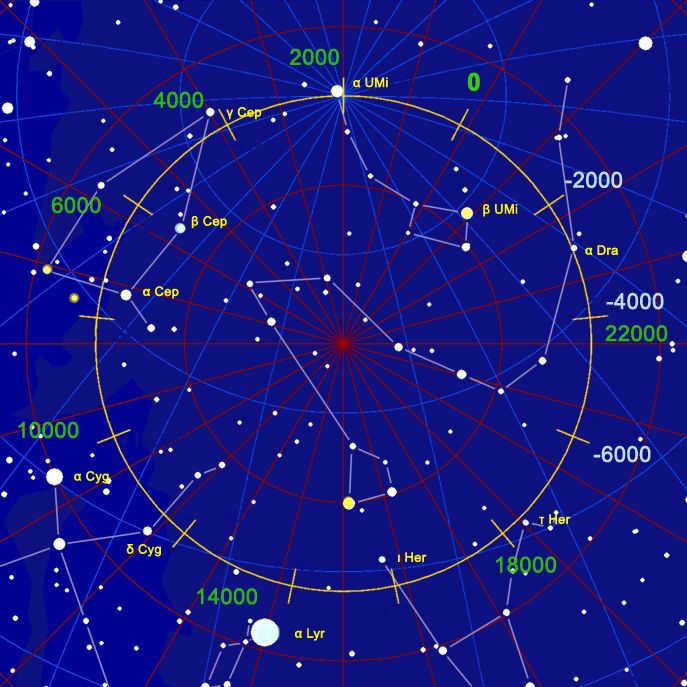
The circle formed by the movement of the Earth’s axis in the celestial sphere.
Using the representation of the Earth’s axis precession circle, we have the ability to recreate the historical sequence of constellations and stars that have held the position of the polar star. This also allows us to make predictions for the future, spanning millennia ahead! During the period of the Sumerians and the first pharaohs, Iota Dra (5500-3500 BC) served as the circumpolar star. From around 3500 to 1500 BC, Thuban, Alpha Dra (α Dra), took over this role. Then, until the beginning of our era, there was some debate as to whether Kohab, Beta Minor Bear (β UMi), could be considered the polar star. Throughout the entire first millennium AD, there was no star that could definitively be called Polaris. Instead, Alpha of the Little Bear (α UMi) was known as Kinosura. It is believed that since 1100 AD, Alpha Minor has held the title of Polaris and will continue to do so until the end of the 32nd century. Looking ahead, the forecast for the Walk of Fame in the coming centuries is as follows: From 3200 to 5000, the polar star will be Alrai, Gamma Cepheus (γ Cep); 5000-6500, Alrai, Gamma Cepheus (γ Cep); 6500-8500, the near-polar star will be Alfirk, Beta Cepheus (β Cep); 8500-9500, there will be no apparent polar star; 9500-11000, the near-polar star will be Deneb, Alpha Swan (α Cyg); 11000-12500, the polar star will be Favaris, Delta Swan (δ Cyg); 12500-15500, the polar star will be Vega, Alpha Lyra (α Lyr); around the 16th millennium, the polar star will be Iota Hercules (ι Her); around the 19th millennium, the polar star will be Tau Hercules (τ Her); and finally, the circle closes with Iota the Dragon!
Finding the constellation of the Little Bear typically begins with locating Polaris. The arrangement of the constellation is so straightforward that once you locate Polaris, you’ve located the Little Bear. There are two common methods for finding Polaris.
1. Polaris is often found using the Big Bucket asterism within the Big Dipper constellation. To find Polaris, mentally draw a line between the stars on the edge of the Bucket starting from Merak
к
Dubhe and follow it to the first bright star – this will be Polaris, indicating the direction to the North! You can confirm by mentally drawing a Small Bucket from Polaris, as if pouring water into the Big Bucket (Fig. 6). Polar Star
is the most important navigational star, and
Merak
and
Dubheare also known as the Pointers that assist in finding it.
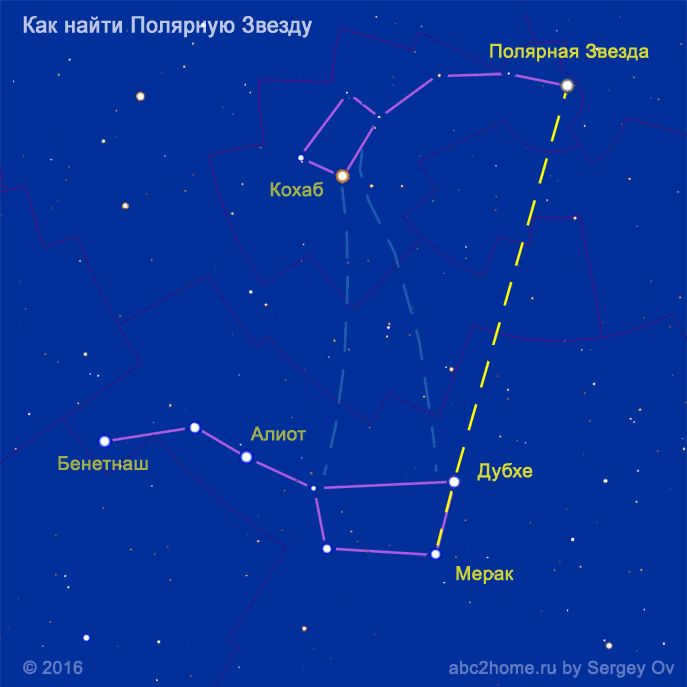
Finding Polaris is an easy task! All you have to do is imagine a line connecting the stars of the Big Dipper, specifically Merak and Dubhe. Once you identify these two stars, you’ll be able to locate Polaris.
If you are exactly in the north, you can locate it using a compass. Indicate the latitude of your location, rounded to the nearest degree (for example, the latitude of Moscow will be approximately 56 °) – Polaris will rise at this angle. On a clear night, face north with the help of your outstretched hands (Fig.7) and measure the height from the horizon, slightly reducing the angle (the angular distance between the thumb and index finger of an adult’s outstretched hand is 16-18 °). The nearest brightest star above your hands will be Polaris (there are no bright stars within 15 ° of Polaris).
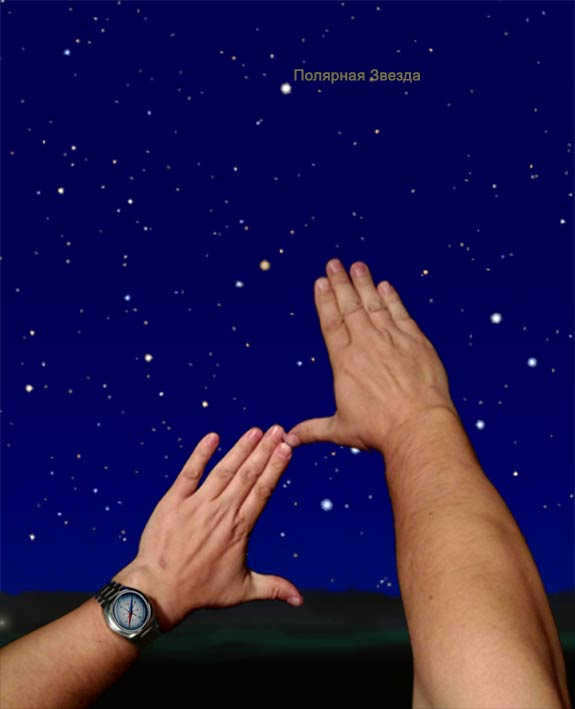
Calculating the angular size of Polaris using extended arms – observing the night sky from the latitude of Moscow.
The Origins and Legends Surrounding the Little Bear Constellation
Out of many myths and legends, I have a particular fondness for one myth that is considered to be the most ancient and, logically, the most concise. The crux of this myth is that when Zeus was a baby, he was nurtured by a goat named Amalthea and two bears named Big and Small. One day, when Zeus grew up, Amalthea hurriedly approached him and revealed that the bears, who had cared for and protected him during his childhood, were in danger of being attacked by hunters. Zeus arrived just in the nick of time and, with a swift motion, saved his caretakers by grabbing their tails and whisking them away to the heavens, their tails stretching as they ascended. This is why celestial bears have such elongated tails. Later, another legend emerged involving the nymph Callisto and the dog Kinosura. Due to the machinations of the gods, they were transformed into bears, possibly white bears, and banished to the farthest reaches of the sky (perhaps becoming polar bears to better survive in the North, which would highlight the wisdom of the gods…).
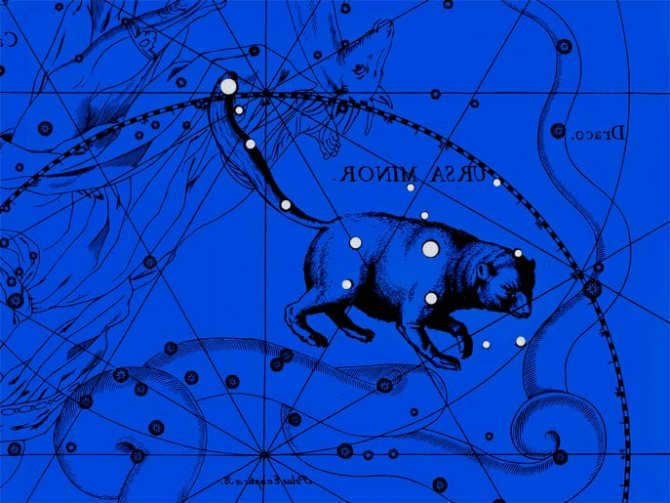
The collage of the constellation of Ursa Minor is derived from an illustration found in Jan Hevelius’ atlas. It highlights the stars that Hevelius personally documented in the atlas, all of which are within the modern boundaries of the Ursa Minor constellation.
Created by Sergey Ov (Seosnews9)
“Twisting” the bear by its tail about the Earth’s axis
Polaris maintains a fixed position in the sky, despite the Earth’s daily rotation on its axis and its yearly orbit around the Sun. The brightness of this guiding star fluctuates with a periodicity of 4 days, within a range of 2.02 ± 2%. In the past, the amplitude of these luminosity changes was higher, but it has now stabilized. Over the past century, the overall brightness of Polaris has steadily increased by almost 15%.
The pulsation of Polaris is linked to its luminosity property, which is similar to that of Cepheids. This guiding star is one of the brightest cepheids in the night sky. It is located within the Little Dipper constellation, which covers an area of approximately 255.9 square degrees in the sky. Polaris’ closest neighbors are the constellations Draco and Cepheus.
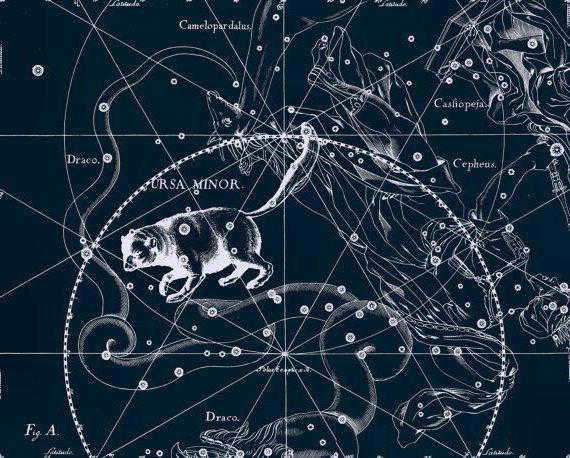
The constellation Ursa Minor, also known as the Little Bear, can be easily found in the night sky. It is located close to the North Pole of the celestial sphere, which is the point around which all celestial objects revolve. The earliest mention of this constellation can be traced back to the Greek astrologer Ptolemy in the 2nd century.
Meteor showers
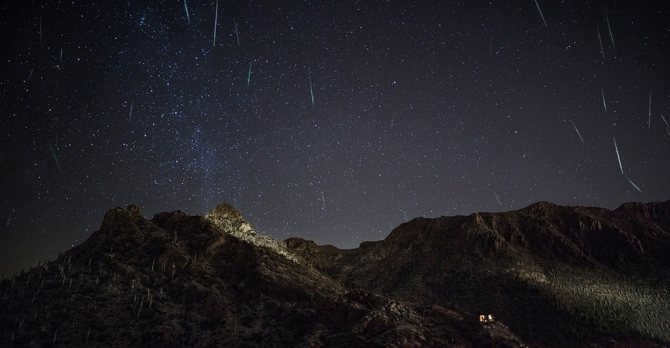
The Little Dipper functions as the radiant point for the Ursid meteor shower, the final celestial display of the year that remains relatively understudied. Situated near the Little Dipper, this meteor shower takes place between December 17 and 25 and is known for its highly unpredictable nature. Typically, during its most active days, observers may witness between 10 to 20 meteors per hour, which may not captivate the attention of the average stargazer. However, there are sporadic surges in activity when the number of meteors surpasses one hundred. Notable instances of such meteor “outbursts” occurred in 1988, 1994, 2000, 2006, and particularly in 1945 and 1986. This particular meteor shower is the northernmost among similar meteor streams and can be attributed to the origins of the short-period comet Tuttle.
The Little Bear and its celestial bodies
The grouping of stars known as the Little Dipper consists of seven prominent objects. Out of all the luminous entities within the Little Dipper, only the three brightest can be easily seen. These three stars, named Ferhad and Kohab, form the wall of the Dipper, while Polaris sits atop the handle of the constellation. The final two stars are located just above the tail end of the Big Dipper.
The Lesser Dipper sets itself apart from other constellations in a few ways. Unlike the Big Dipper and most other stars, which have seasonal movements and can only be observed during specific times of the year, the Little Dipper does not change its position in the sky. Instead, it remains in constant motion as it revolves around its Alpha star.
Legend of the Little Bear constellation
There are numerous tales surrounding this constellation, each with its own unique twist. One such legend is intertwined with the birth of Zeus, the primary and most formidable deity of Ancient Greece. Zeus’ father was Cronus, a god known for his habit of devouring his own offspring due to a prophecy that one of his children would overthrow him. When Zeus was born to his mother, the goddess Rhea, she hid him away in a sacred cave atop Mount Ida. It was there that he was raised by the nymphs Melissa and Kinosura, with Kinosura acting as his nurse. As Zeus grew into a powerful god, he transformed Melissa into the Big Dipper constellation and Kinosura into the Little Dipper constellation, forever immortalizing their bond in the night sky.
This myth has various versions. For instance, there is a tale that tells of Zeus being nourished by a goat named Amalthea and two real bears, which later transformed into constellations.
Another myth is associated with Ursa Minor. In the kingdom of Arcadia, King Lycaon reigned, and he had a stunning daughter named Callisto. Her beauty was so extraordinary that even Hera, Zeus’ wife and a goddess herself, became envious. Being the powerful deity she was, Hera transformed Callisto into a hideous bear.
One day, while hunting in the woods, Callisto’s son, Arkad, nearly killed a female bear that he encountered – unbeknownst to him, it was his own mother. However, Zeus intervened just in time and diverted the arrow. As a result, he immortalized Callisto in the night sky as the constellation Ursa Major, and her beloved dog as Ursa Minor. Arkad himself became the constellation Volopassus – its primary star, Arcturus, signifies the “guardian of the Bear”.
Every country has its own myth surrounding the constellations known as the Big and Little Dippers. The Big Dipper is particularly prominent in the night sky, while the Little Dipper has the interesting characteristic of orbiting around Polaris. Interestingly, the Kazakhs believed that Polaris was like a nail, and the constellation itself was like a harness attached to it, worn around the neck of a Horse (representing the Big Dipper). In India, on the other hand, the Little Dipper was seen as a monkey hanging from its tail, hooked onto the axis of the world.
“Alpha and Omega” of the Little Bear constellation in the northern hemisphere
Alpha (also known as Polaris) of the Little Bear is positioned approximately 431 light-years away from our planet Earth. It has an apparent magnitude of 2.02. Recent discoveries have revealed that it is not just one star, but rather a system consisting of three stars. The brightest of these stars shines with a brightness nearly 2,000 times greater than that of the Sun. The second star in the Little Bear constellation has a mass equal to 1.39 times that of our Sun.

The polar bear constellation can be observed using a small telescope. Alpha, the third star in the constellation, is 1.25 times more massive than our Sun and is located near the first star. Thanks to the Hubble telescope, we can now see Alpha as a separate star.
Kohab, also known as the Star of the North, is an orange-colored giant and the second brightest star, or beta, in the Lesser Dipper constellation. It has a stellar magnitude of 2.8 and is located 126 light-years away from Earth.
Ferhad is the gamma star of the Little Dipper constellation. It has a magnitude of 3.6 and is located 480 light-years away. Ferhad is classified as a hot giant with a temperature of 8600 K and is a variable type of star.
The Little Bucket’s Delta, also known as Yildun, is a dwarf star that stands out with its white color. It is positioned at a distance of 183 light-years from our planet.
Another white dwarf star called Zeta is situated even farther away, approximately 380 light-years from Earth. The brightness of Zeta is remarkably intense, being 200 times greater than that of our own Sun. Interestingly, this star is currently in the process of transforming into a massive giant star in the future.
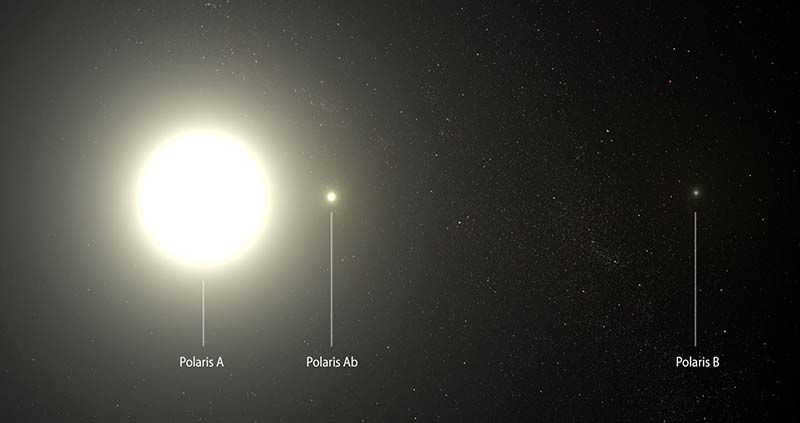
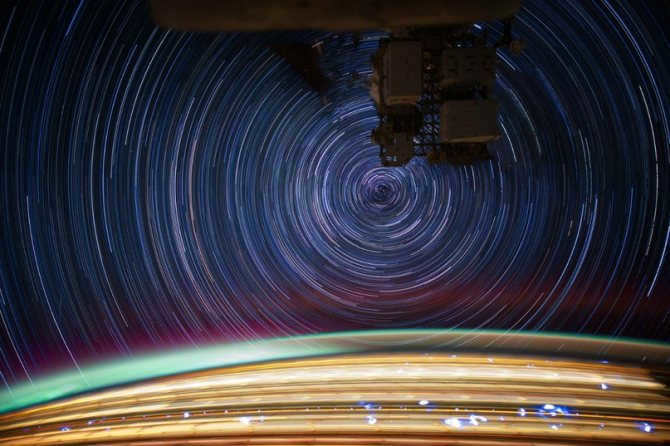
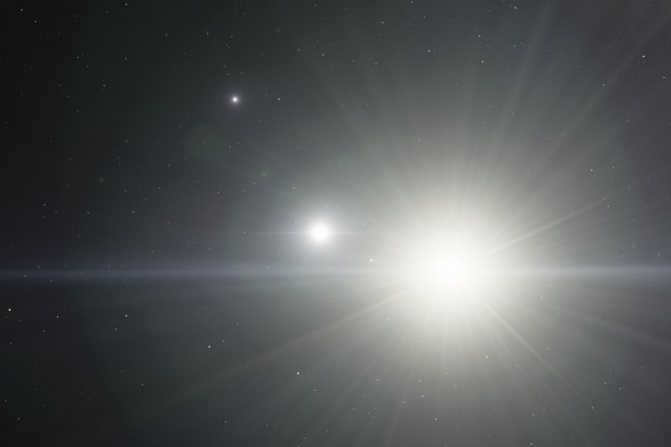
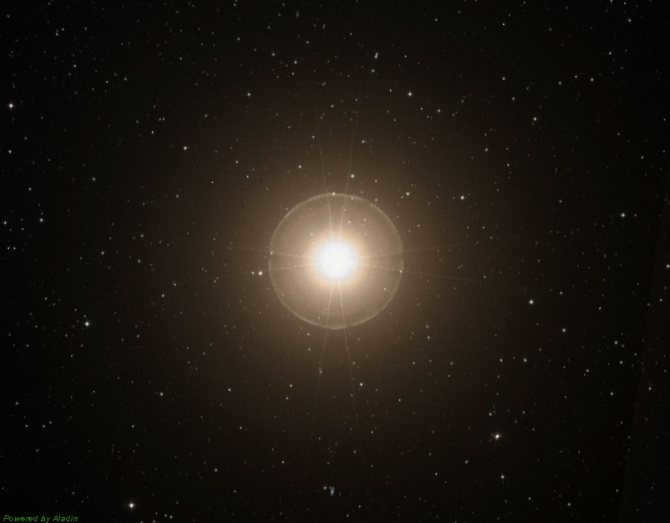
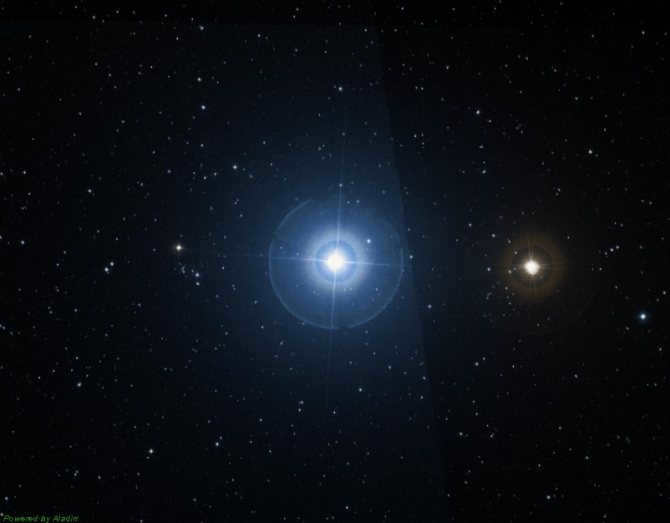
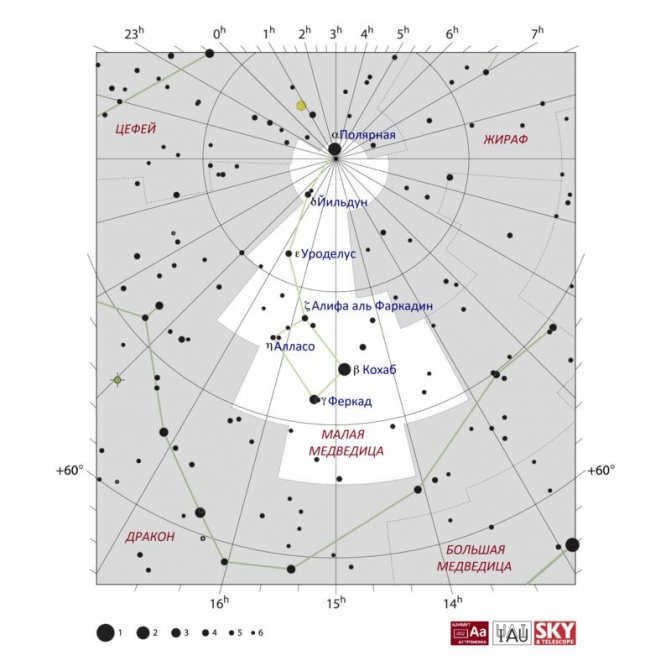
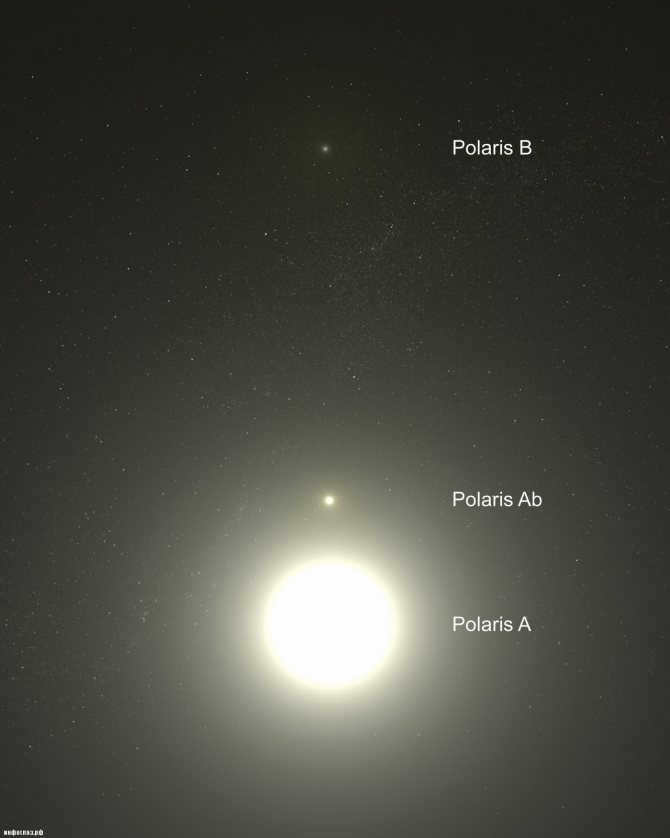
Asterisms
Asterisms are groups of stars that form recognizable patterns or shapes in the night sky. These patterns are not official constellations but are often used by amateur astronomers to navigate the sky and identify different objects. Asterisms can be found in both the northern and southern hemispheres, and some of the most well-known ones include the Big Dipper, the Little Dipper, and the Summer Triangle. While asterisms may not have the same historical significance as constellations, they still play an important role in stargazing and celestial navigation.
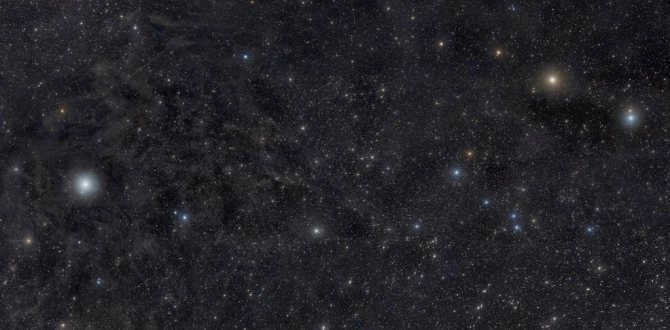
Image of the asterism Small Bucket captured by astrophotographer Rogelio Bernal Andreo
The constellation comprises of two asterisms: the Small Bucket and the Guardians of the Pole. The latter is a well-known formation among modern stargazers. The constellation Little Bucket of the Little Bear closely resembles the neighboring Big Bucket, albeit being less luminous. It is composed of the most prominent stars in the celestial formation. While some individuals believe that the Little Bear is limited to these seven celestial objects, there are actually 18 additional stars that form part of its composition.
The second asterism is not as well-known, and its origins date back to ancient times. Its two luminaries, Ferkad and Cohab, were once situated closer to the pole than Polaris.
The celestial dome holds countless enigmas and uncharted wonders
Even without the aid of a telescope, simply gazing at the celestial bodies in the night sky reveals the immense diversity of our vast universe.
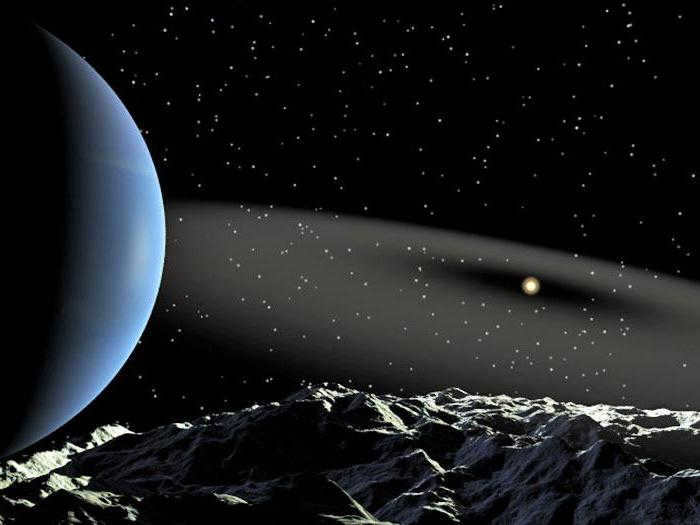
The Little Bear constellation represents only a small fraction of the vast expanse of the universe. The current understanding of the boundaries and size of the universe is well-established, with its immense scale spanning approximately 14 billion light years.
However, is this depiction of the universe an accurate reflection of reality? This question piques the curiosity of brilliant scientists, who formulate hypotheses, conduct investigations, engage in debates, and strive to comprehend the true nature of the universe. Some experts propose that the universe is infinite, while others argue in favor of the existence of a multiverse.
Fascinating artifacts

Photograph of the Dwarf Galaxy in the Little Dipper
Aside from the main stars, the Little Dipper contains several interesting galaxies. One such galaxy is the aforementioned Dwarf, which acts as a companion to the Milky Way. Discovered in 1954, this galaxy is quite ancient, having existed for at least ten billion years. Due to its small size, it is difficult to determine whether it possesses gas, dust, or any star formation processes. It is sometimes referred to as Polarissima due to its proximity to the Earth’s axis of rotation.
Compact yet Distant
Although the constellation known as Ursa Minor may seem insignificant, it holds a significant place in both scientific and fictional literature. Occupying a relatively small area of only 256 square degrees, it ranks fifty-sixth out of the eighty-eight constellations. However, its popularity is not solely based on its age, as it is mentioned in Ptolemy’s “Almagest,” one of the oldest celestial drawings.
So, what is the cause of its fame? The answer lies in the primary star that adorns the Ursa Minor constellation. For centuries, Polaris has stood out among other stars, despite its dimness compared to bright giants like Sirius or Vega. It is Polaris that has ensured the renown of Ursa Minor.
A Brief Overview of the Constellation’s History
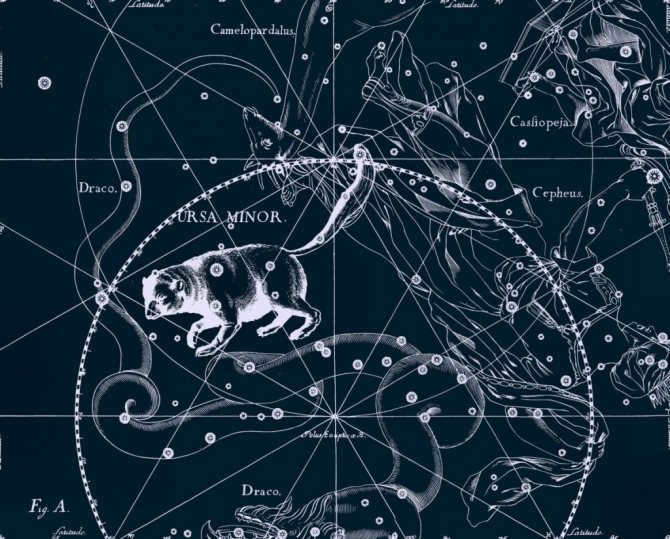
Jan Hevelius created a drawing of the Little Dipper for his atlas of constellations. The Little Bear constellation has a long history, with its origins dating back to ancient times. According to belief, Thales of Miletus included it in the Ptolemaic catalog, and it was known to ancient astronomers. The Greeks associated the stars with mythology, and one version suggests that the constellation represents the dog nymph Callisto and her mistress, who were transformed into bears. Zeus saved them from danger by throwing them into the sky, where they gained eternal life. Many ancient civilizations were familiar with the stars in this constellation and used them for navigation purposes.
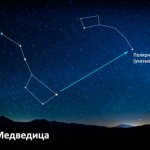
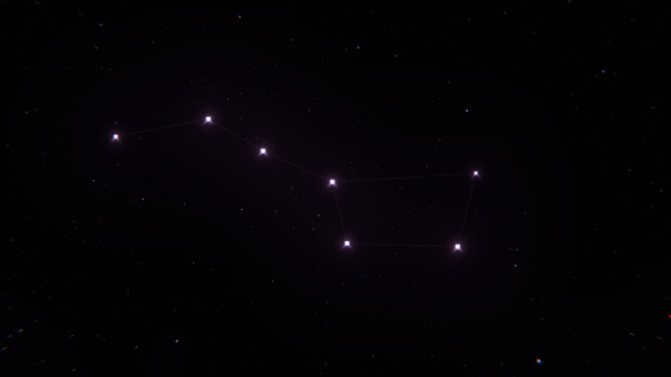

In our nation, astronomers have the opportunity to observe the Big Dipper all year long. The constellation is easily seen during the months of March and April. The only exception is during the autumn season in the southern part of the Russian Federation. During this time, the Big Dipper moves towards the horizon.
In Chinese astronomy, the stars of the ladle were known as Beidou, which translates to Northern Ladle. By looking at the handle of the ladle, the Chinese were able to determine the time. Additionally, by using the outermost stars of this constellation, one could determine the position of Polaris.
The Ancient Perception of the Big Dipper
The Big Dipper has been a prominent constellation in the night sky since ancient times. It holds significance in numerous cultures, with various names and interpretations.
The Hindus were the first to recognize its significance and gave it the poetic name “Sapta Rishi” which translates to “seven sages” in Sanskrit. In Chinese astronomy, it was known as the “Northern Bucket” and was utilized as a timekeeping tool by the resourceful Chinese.
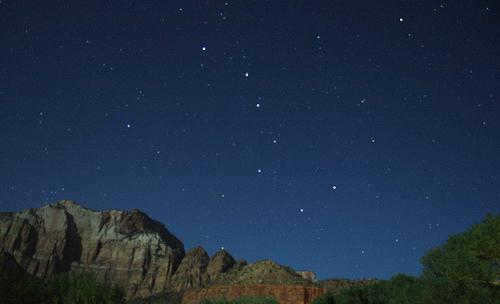
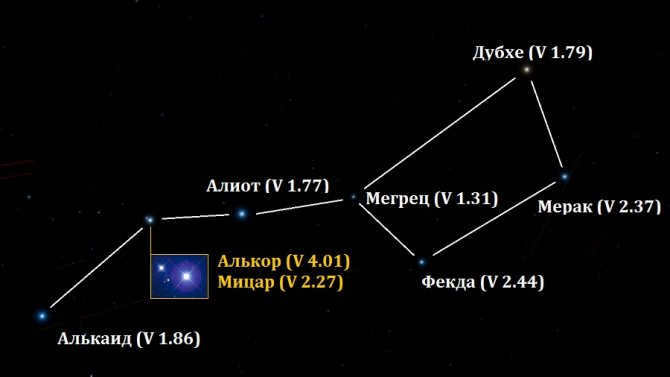
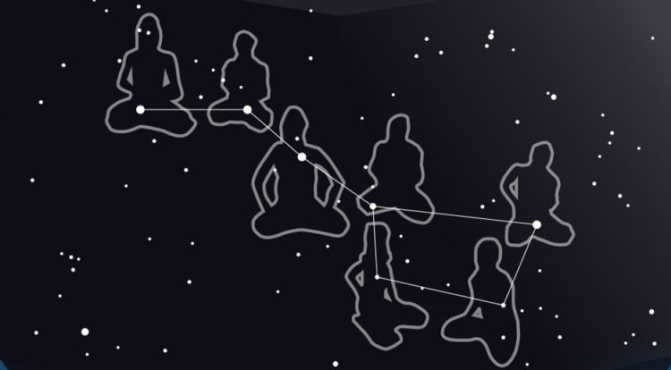
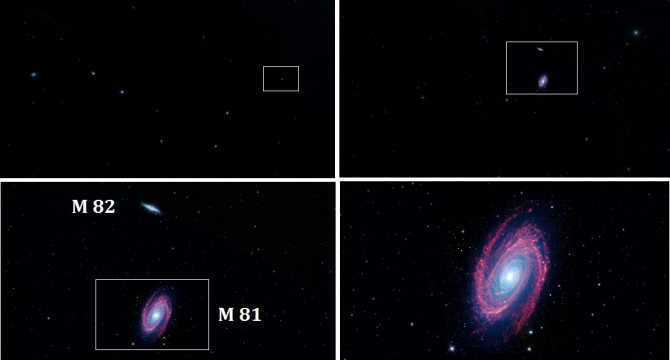
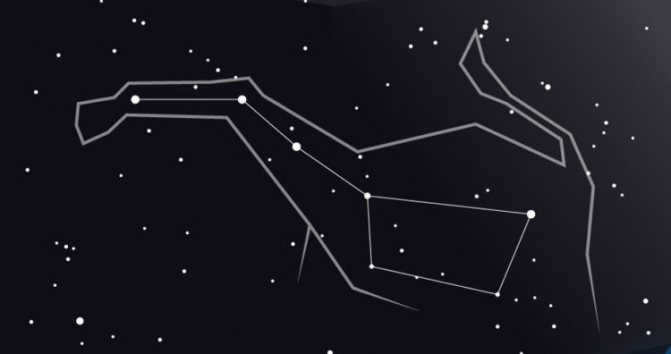
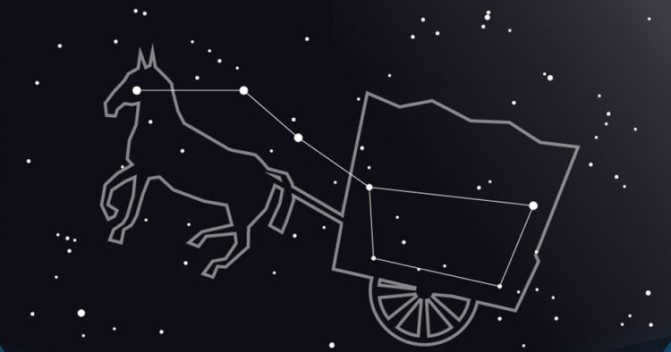
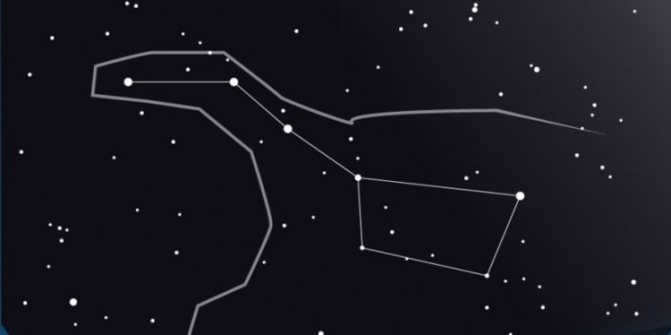
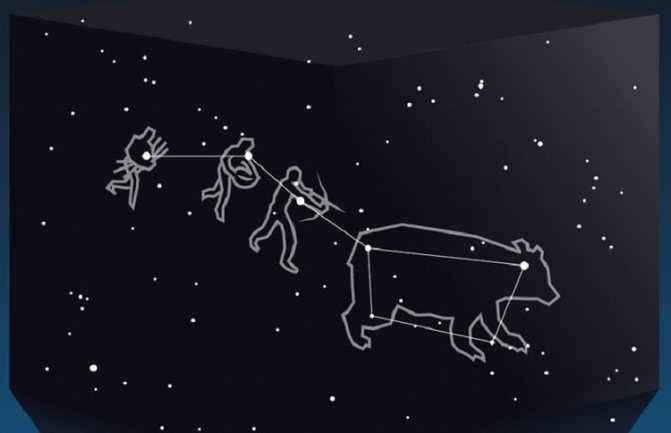
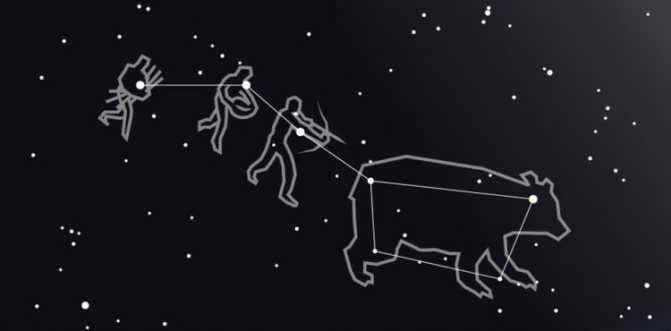
United States of America
The Majestic Grizzly
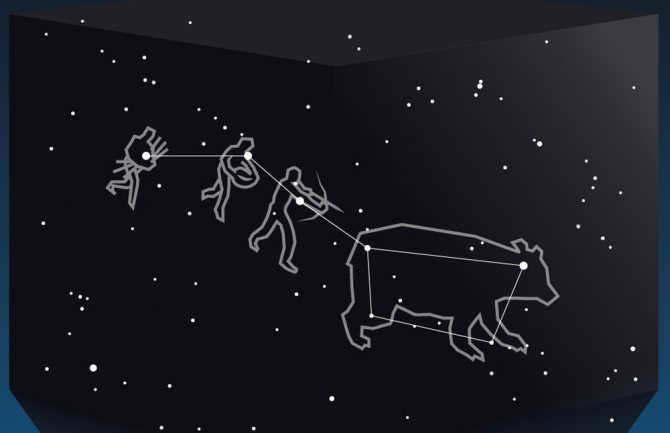
It appears that the Native Americans had some knowledge about untamed creatures: in the Iroquois mythology concerning the creation of the constellation, the “celestial bear” lacks a tail. The trio of stars that compose the handle of the dipper represent three hunters in pursuit of the creature: Aliot wields a bow with an arrow firmly lodged in it, Mitzar carries a cauldron for cooking meat (Alcor), and Benetnash carries a bundle of kindling to ignite the hearth. During autumn, as the Big Dipper rotates and descends towards the horizon, blood from a wounded bear trickles down, staining the trees with a variety of hues.
A luminous container in the nocturnal sky
Now contemplate the ladle of the Great Bear. It reaches its peak beauty during the autumn season. From a scientific perspective, the constellation is the third largest in terms of area, surpassed only by Hydra and Virgo. It spans a vast expanse of 1,280 square degrees. The Great Bear’s ladle (a depiction of which can be seen below) consists of seven brilliant stars that are visible to the naked eye. Let’s enumerate them:
- Dubhe – Bear;
- Merak – Lumbar;
- Fekda – Thigh;
- Megretz – Beginning of the tail;
- Aliot – Curdle;
- Mitzar – A loincloth;
- Benetnash – leader of the mourners.
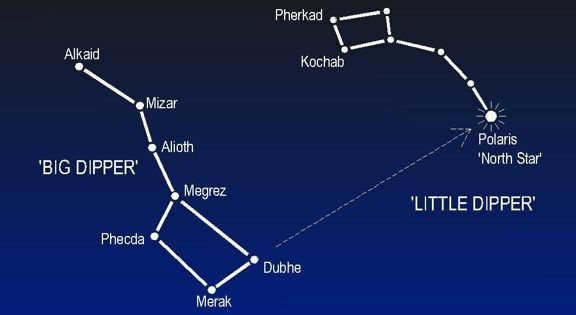
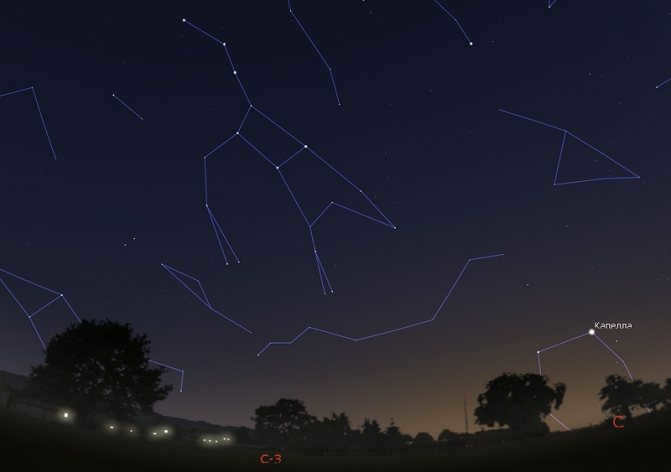

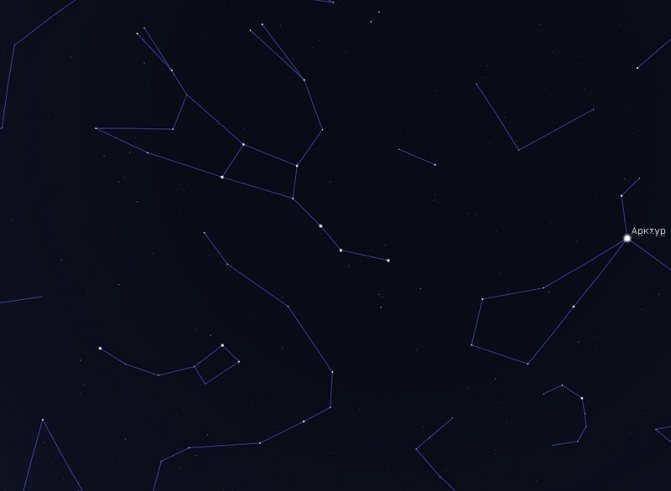
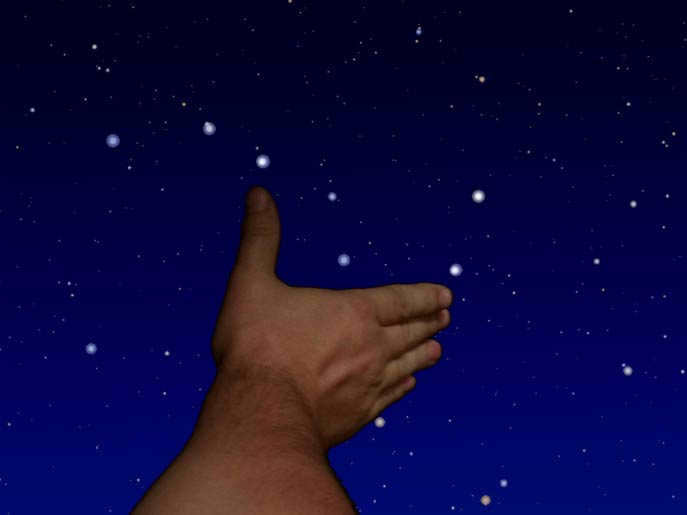
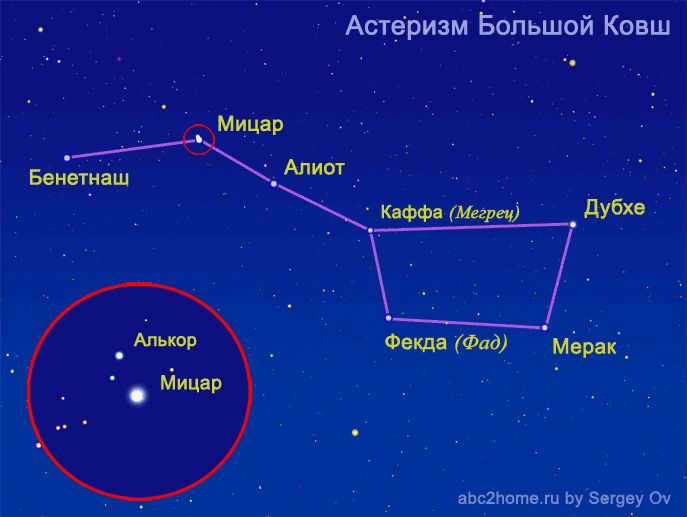
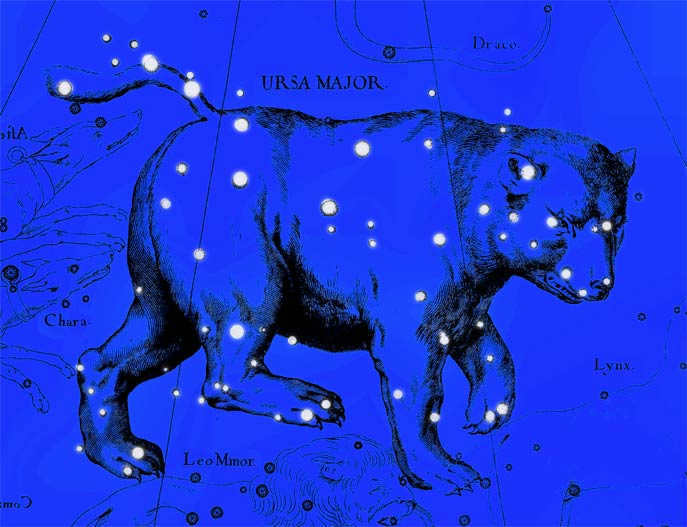
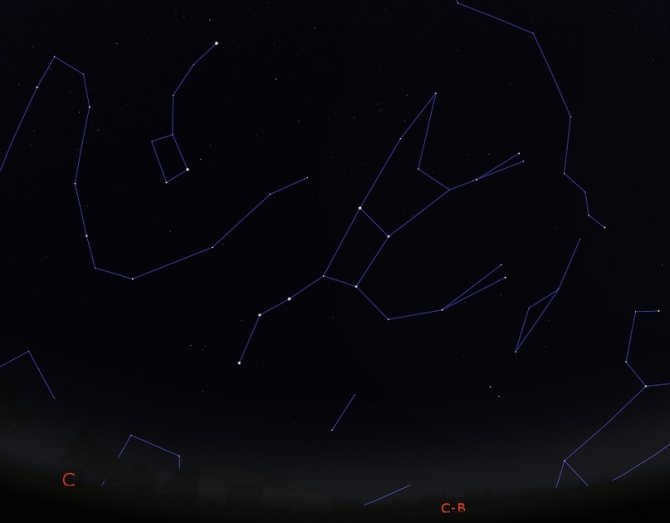
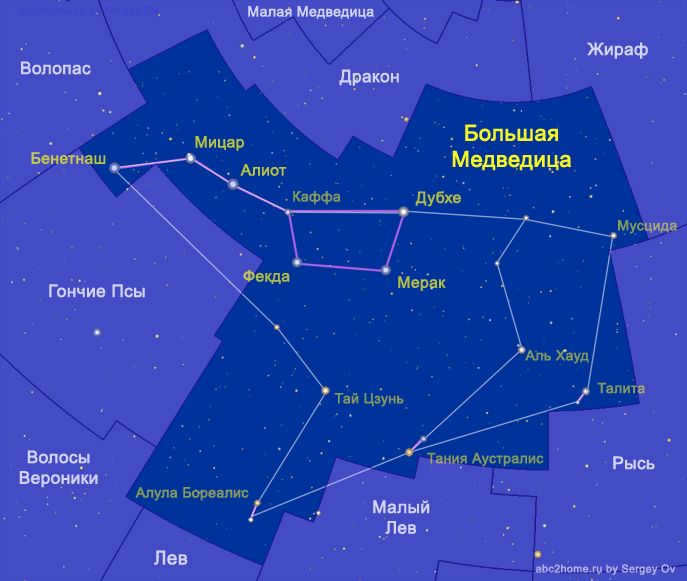
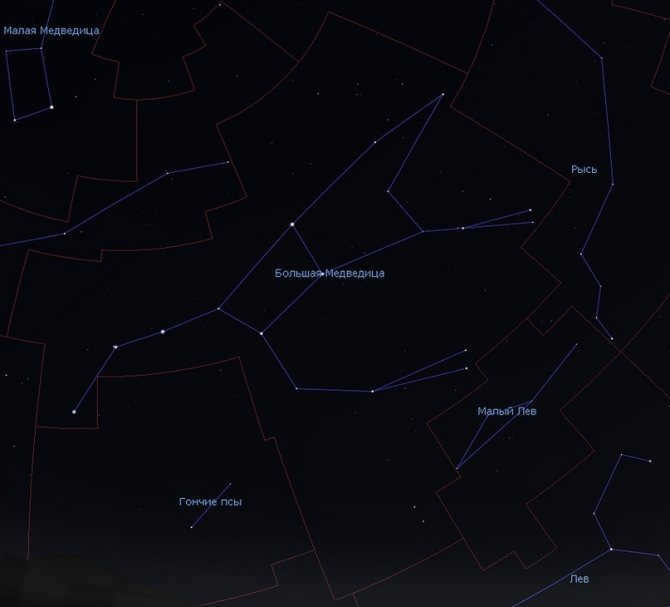
For a long time, there was no universally acknowledged designation
The constellation known as the Little Bear bears a resemblance to a ladle, much like the Big Dipper. The Phoenicians, renowned ancient navigators, utilized this group of stars for navigation. However, Greek sailors were more guided by the Big Dipper. The Arabs interpreted the Little Dipper as a rider, while the red-skinned depicted a monkey, which clings to the center of the world with its tail and orbits around it. For a significant period, there was no consensus on the interpretation and name, with each nation finding its own significance in the starry sky, something that was familiar and easily understood. What other secrets can the Big Dipper constellation unveil?
Discovering Astronomy Through the Big Dipper
For beginners in the field of astronomy, it is essential to learn how to locate the Big Dipper during the autumn season (see photo of the constellation below). This particular group of stars is easily recognizable and serves as a prominent feature in the night sky. Familiarizing oneself with this constellation is an excellent starting point for young amateur astronomers, as it opens the door to more comprehensive studies of the celestial sphere, including:
- Identifying less prominent constellations in the sky. Advanced astronomers often use the Big Dipper as a reference to locate other stars and formations.
- Engaging in exciting sky observations throughout the year. By tracking the movement of familiar stars and noting their changing positions, one can gain a deeper understanding of celestial dynamics.
- Developing basic calculations. Over time, astronomers can memorize the angular distances between the stars that form the Big Dipper’s iconic shape.
- When using a hand-held telescope, one can develop their initial skills in observing the night sky. In doing so, they may come across stars that are not visible to the naked eye. These could include double stars, variable stars, and, if lucky, even the exploding galaxy M82.
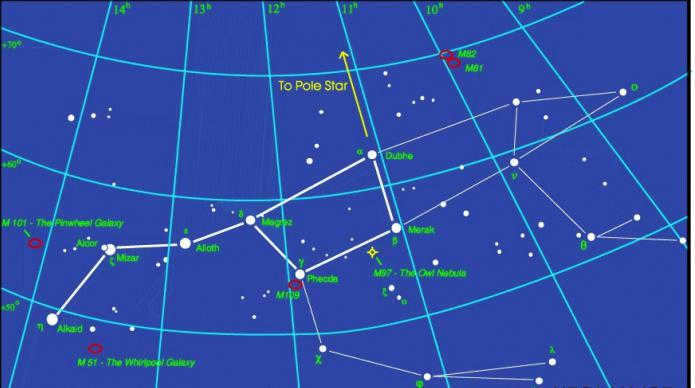
Complete page 3.
The moon does not always appear completely visible in the sky. It is not unusual to observe only a portion of it. This portion is being illuminated by the Sun at that particular time.
Monitor the Moon’s Changes Over the Course of a Month (Once a Week). Record the Moon’s Appearance and Date for Each Observation.
Method: Over the course of one month, observe the Moon once a week and create a visual representation of its current shape in a journal.
Start the observation two to three days after the new moon, when the small crescent of the Moon becomes visible in the sky. The crescent’s horns will be pointing to the left, indicating that the Moon is in its waxing phase.
One week later, the Moon will continue to grow, but the crescent shape will appear nearly round.
Also, check out: constellations of the northern hemisphere: names, photos. The brightest constellation of the northern hemisphere
After another week, the Moon will start to wane, appearing almost round, but with a slight irregularity on the right side.
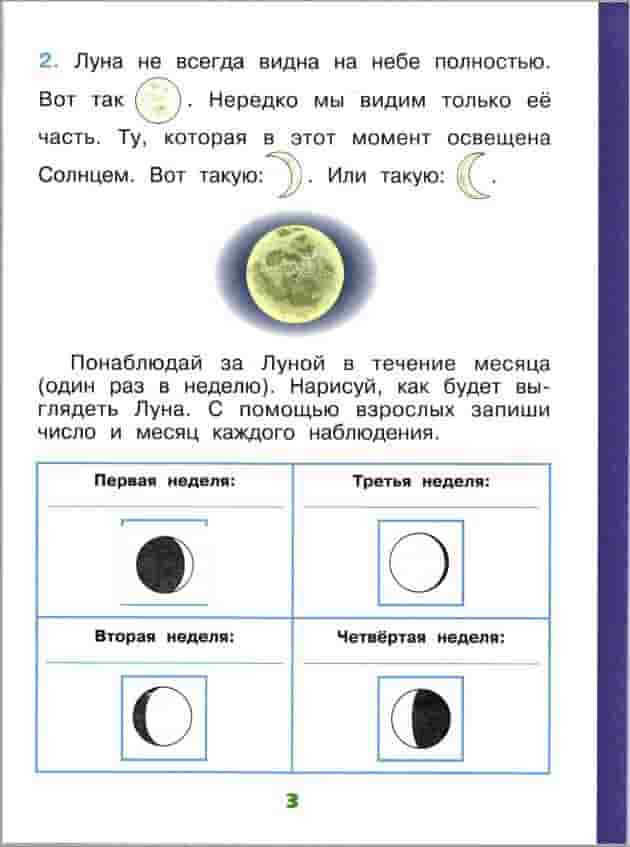
The Great Dipper: the bucket during autumn
The positioning of the constellations is largely dependent on the time of the year. The Great Dipper (dipper) during the autumn season is no exception to this rule.
The autumn sky is not abundant in stars. Even the traditionally luminous constellation of the Great Dipper appears dimly. The bucket of the Great Dipper during autumn can be found in the northern direction, underneath Polaris; its tail points towards the west. Cassiopeia sits directly overhead.
However, in the eastern part of the sky, the Pleiades constellation rises to a great height, and the bright star Aldebaran, located within the Taurus constellation, shines clearly below it. During this time, two bright stars rise in the northeastern direction: a seasoned stargazer will easily identify them as Gemini.
The constellations Leo and Virgo cannot be observed as they are hidden behind the Earth. However, if we look to the west of the Big Dipper, we may be able to spot the faint constellation Eagle.
Now, let’s summarize the constellations that can be seen in the northern part of the fall night sky:
- The Big Dipper
- The Little Dipper
- Gemini
- Taurus
- Lyra and Swans
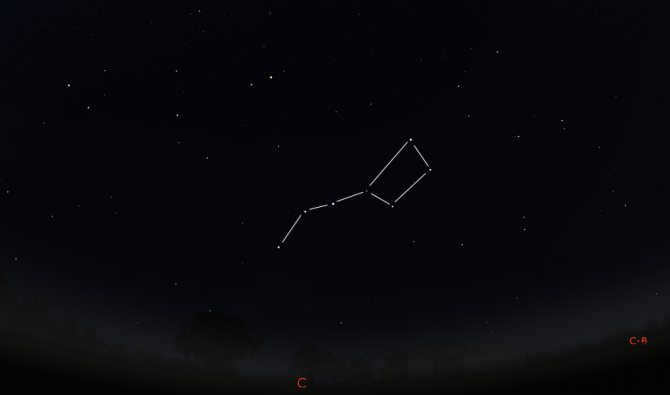
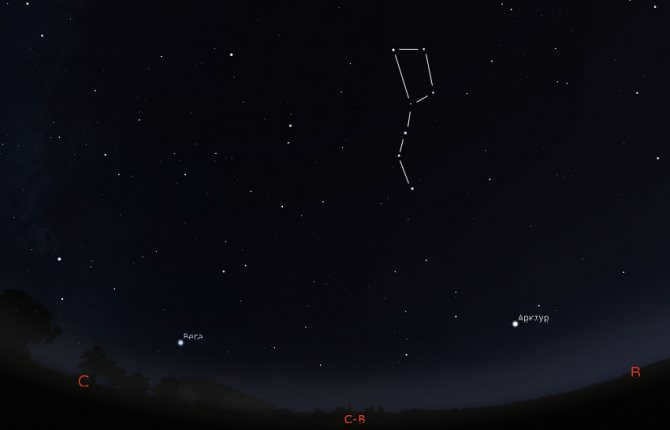
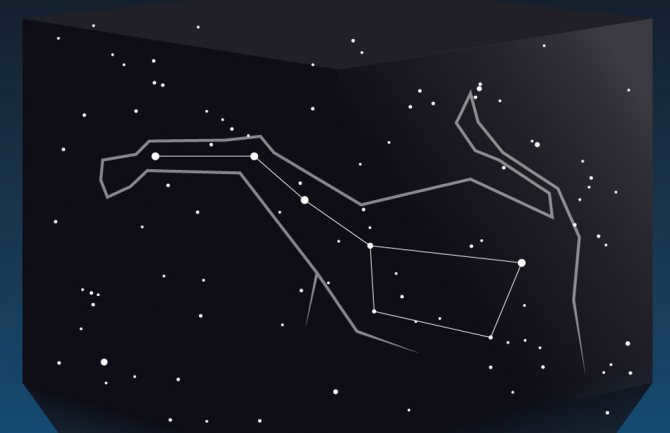
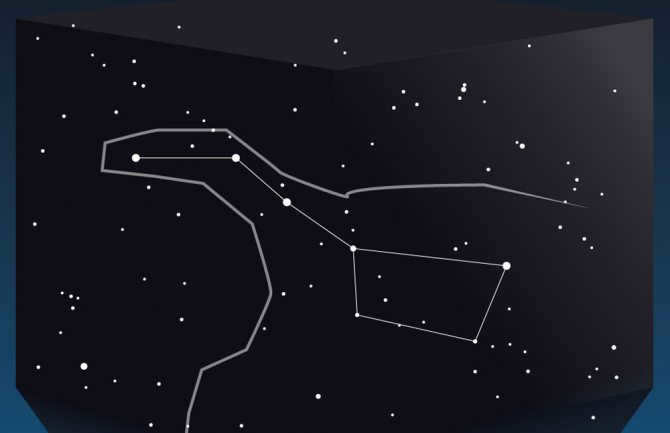
Bring home some snow from the street and deep in the park or forest in cups, accompanied by an adult. Observe the level of pollution in the melted snow and explain the reasons behind it. Create visual representations of the appearance of the melted snow water in each cup.
Take two cups and collect snow from different locations – one from the park and one from the street right outside your house. Bring the snow cups home and allow the snow to melt. Observe that the melted water in the cup from the park will be clear and transparent, while the melted water in the cup from the street will be cloudy, gray, and dirty.
The snow on the street accumulates various particles of dirt from car exhaust, smoke, soot, and other pollutants. Consequently, when this snow melts, the water produced becomes dirty.
On the other hand, the snow from the park does not contain such particles, resulting in almost pure water when melted.
How about we draw the image we perceive?

Explore a nearby park or forest in the springtime with adults and observe the amount of litter that has accumulated during the winter season. Create a record of the discarded items that you come across.
Engage in a cleanup activity by removing trash from a specific area of the forest or park, such as a clearing or a path.
Embark on a stroll to a nearby park during the spring season and take note of the litter that has gathered over the past winter months. Document your observations in a journal, which may include various items like bottles, cans, wrappers, bags, boxes, and other forms of trash.
Gather the trash you discover in a designated bag and dispose of it properly in a designated trash bin. Contribute to the cleanliness of your park!
Stargazing Geometry
Once you’ve located the handle of the Big Dipper during autumn, you may find yourself getting lost in the wonder of the night sky and spending an hour or two searching for other familiar stars. All you need is a genuine desire and, of course, a star map to guide you.
Now, let’s direct our attention towards the southern part of the sky. It is in this direction that the constellations of Andromeda and Pegasus emerge every fall. In the upper left corner of the sky, you will find two stars belonging to the first constellation, which are always accompanied by three stars from the second constellation.
Andromeda is composed of a group of four stars positioned at a considerable distance from one another. This constellation is situated beneath Cassiopeia. Andromeda bears a slight resemblance to the shape of a bow. The bow is precisely aimed towards the Pleiades and Taurus. It gives the impression that an arrow is on the verge of being released from the bow and soaring towards the left, in the direction of these constellations. However, this is merely a whimsical game of the imagination, unrelated to the grandeur of the starry sky.
Beneath Andromeda, one can observe two small stars, which are known as Aries. Scattered beneath Aries are numerous luminous dots, which constitute the constellation Cetus. Aries and Cetus are visible exclusively during clear weather.
Aside from the trio of luminous stars, it is worth noting two additional ones situated to the right in the constellation Pegasus. The overall shape of Pegasus resembles a pair of horns, giving the impression that they are poised to gently prod the nearby Swan.
Additional entities
Galaxy z8 GND 5296, located in the Big Dipper, was found in October 2013. At that time, it held the record for being the most distant galaxy, with light traveling for 13.02 billion years. The discovery of galaxy GN-z11, also in the Big Dipper, took place on March 1, 2020. It surpassed z8 GND 5296 as the farthest object in the Universe from Earth, with light reaching us after 13.4 billion years.
Image: the autumnal constellation Ursa Major and its prominent asterism, the Big Dipper

There’s nothing more inspiring than gazing up at a clear night sky. It has a way of sparking creativity and leaving us yearning to express ourselves in various artistic ways. Some may feel compelled to write a captivating story about their nocturnal adventures, while others may feel the urge to dance to their favorite music. And then there are those who are inspired to capture the luminous bucket of stars through sketching.
Today, we will delve into the world of sketching the Big Dipper, a creative activity that allows us to bring the beauty of the night sky to life on paper.
Try to express your emotions through your artwork, and it will become truly captivating. As you can observe, drawing the handle of the Big Dipper during autumn is quite effortless.
Complete page 9.
Tally and record the number of superfluous objects (garbage) that accumulate in your residence throughout the day.
A milk carton has the potential to be transformed into a bird feeder. What other creative possibilities exist for repurposing unwanted items, thereby avoiding the need to discard them? Turn your ideas into reality and illustrate them.
Take one day to observe and keep track of the different types and quantities of waste generated in your household. This may include plastic milk or soda bottles, yogurt cartons, as well as glass and tin cans.
Assign numerical values to the corresponding squares.
There are countless amusing and practical crafts that can be made from unnecessary objects and garbage. Let’s explore two potential options.
Option 1.
Vase made from a used light bulb. In order to create it, we will require an old used light bulb, a piece of cardboard, and adhesive.
With caution and under the supervision of adults, we will create a hole in the base of the bulb. Next, we will glue the bulb onto a cardboard base and fill it with water. Finally, we can place a flower into the water, and our unique and unconventional vase will be complete.
Choice 2.
Create a unique pencil case using plastic bottles and an old zipper.
To make this pencil case, you will need two plastic bottles and an old zipper. Start by cutting the bottles in half and discarding the upper parts. Next, ask your parents for help in sewing the zipper onto the lower parts of the bottles. Once the zipper is securely attached, you can easily store your pencils or pens inside the pencil case. Simply zip it up to keep everything in place. Now your one-of-a-kind pencil case is ready to use!

The Cultural Significance of the Big Dipper

- An asterism is what constitutes the constellation, with the term referring to a procession of mourning followed by two stars named Benetnash, symbolizing mourners.
- In the ancient era of nomadic hunters, the Big Dipper was known as Arctos, showcasing the enduring fascination people have had with the night sky throughout history.
- The flag of Alaska features a depiction of the Big Dipper, also known as the Bucket in the fall.
- There is a connection to anime as well, with a character in the popular manga Kenshiro having a scar on his chest in the shape of a ladle. Russian viewers can currently enjoy the cosmic three-part novella Fist of the North Star: New Era.
- The painting titled “The Big Dipper” is housed in the Museum of Modern Art. It received its name due to the arrangement of cigarette butts in the shape of a bucket.
Complete page 6.
Conduct experiments using a magnet to determine its attraction to various objects. Circle the objects that the magnet attracts.
In the illustration, there are numerous objects composed of different materials. Keep in mind that the magnet only attracts objects made of iron. Glass, plastic, erasers, and wood will not be drawn to the magnet.
It is worth noting that spoons are typically not magnetically attracted either, as they are crafted from stainless steel, which is a complex alloy devoid of magnetic properties.
Let’s use a pencil to encircle the metal button, key, weight, small nails, paper clip, pin, large nail, and screw.
Occasionally, a tassel is also circled, as it may have a metal skirt made of an aluminum alloy that doesn’t have magnetic properties.

The tale of how the constellation separates the big and the small, as told by Greenlandic storytellers
In the remote region of Greenland, there exists a tale featuring the constellation known as the Big Dipper. This cluster holds great significance in the mythology and history of the area. However, it is a particular story that has captivated the Eskimos and has been passed down through generations. It is even believed by some that this legend is not mere fiction, but rather a tale rooted in absolute truth. In a humble abode nestled on the icy outskirts of Greenland, resided the esteemed hunter Eriulok. He dwelled in solitude, for his arrogance led him to believe that he was unmatched in his craft. Thus, he had no desire to interact with his fellow tribesmen. For countless years, he would venture out to sea and always return with a bountiful catch. His dwelling was always filled with an abundance of food and seal oil, and the walls adorned with the finest pelts of walruses, seals, and other marine creatures. Eriulok was wealthy and well-fed, yet plagued by loneliness. He attempted to forge connections with his Eskimo brethren, but they were unwilling to associate with such a haughty kin. It seemed that he had gravely wronged them in the past.
Alcor
Adjacent to Mizar, which was the second double star to be observed through a telescope (discovered by Giovanni Riccioli in 1650; it is possible that Galileo observed it as a double as early as 1617). The sharp eye can spot the 4th magnitude star Alcor (80 of the Big Dipper), which translates to “forgotten” or “insignificant” in Arabic. It is believed that the ability to discern Alcor has been a recognized test of visual acuity since ancient times. The combination of Mizar and Alcor is often interpreted as the asterism “The horse and the rider“.
A heartwarming tale of light and dark
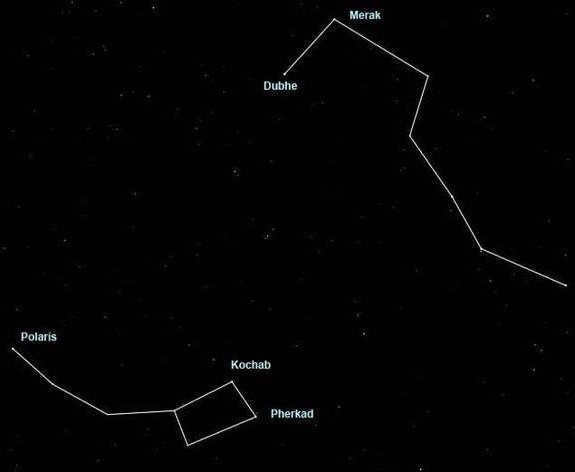
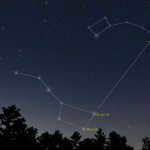

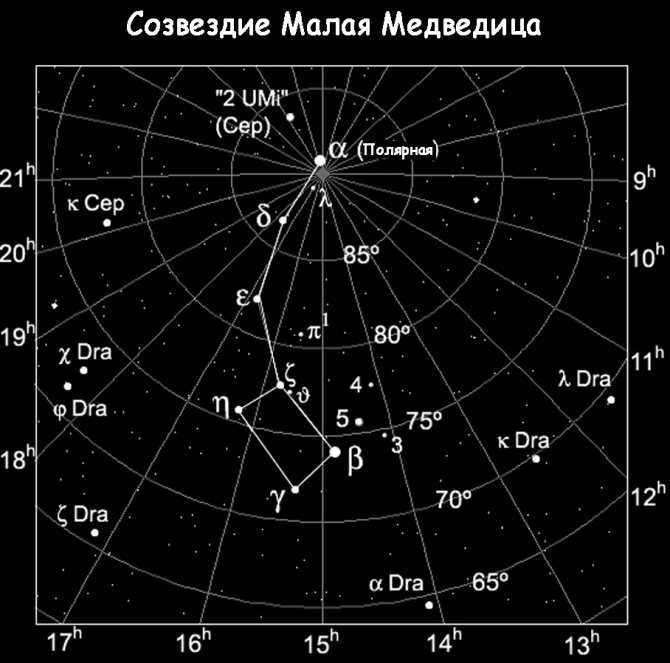

The Ursa Minor, commonly known as the Little Bear, is a constellation situated in the northern sky. It derives its name from the Latin phrase “Ursa Minor,” which translates to “the smaller bear.”
Ptolemy, a prominent astronomer of the second century, is credited with the discovery of the Little Bear constellation. This constellation is easily identifiable due to its well-known asterism and its position near the north celestial pole. Polaris, also known as the North Star, can be observed at the tip of the handle of the dipper.
Although Ptolemy recorded the existence of the Little Bear, it is believed to have been created by Thales of Miletus, one of the seven Greek sages who lived between 625 and 545 BC. There is also a theory that Thales merely introduced the constellation to the Greeks, as the Phoenicians had already been using the dipper for navigation. In fact, the Greeks initially referred to it as the Phoenician constellation before it was renamed the Little Bear (previously known as the Tail of the Dog).
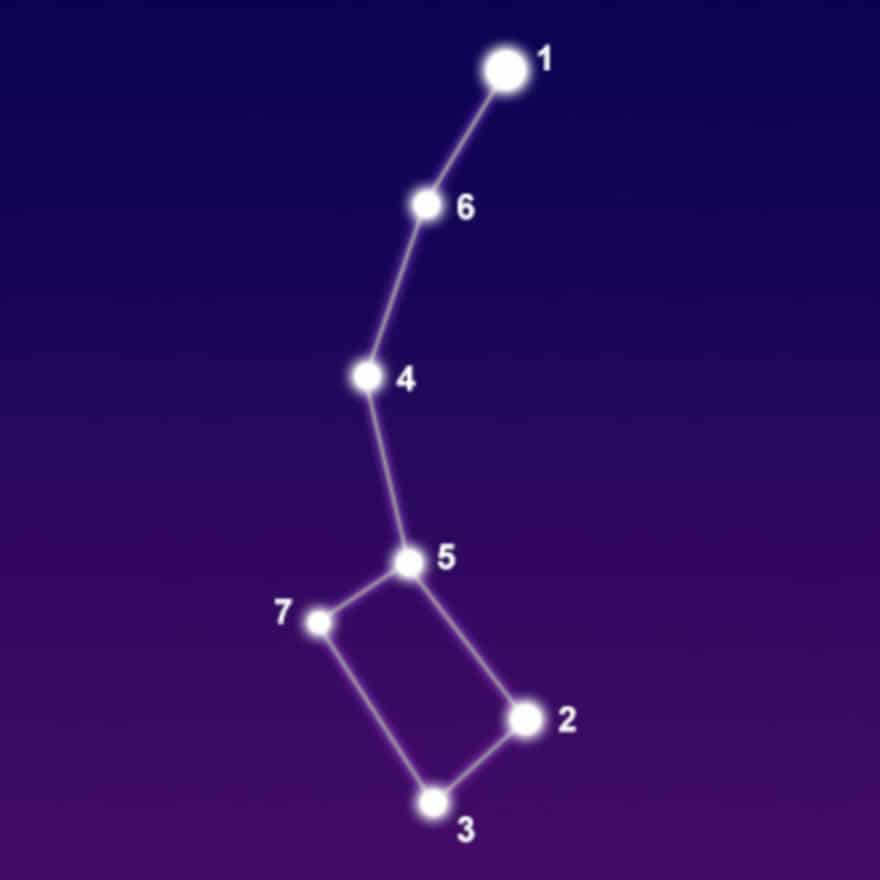
How to locate the Little Bear in relation to the Big Dipper?
Discovering the Big Dipper is typically an easy task due to its prominent and luminous appearance. Since both constellations are in close proximity to each other, finding the Little Bear within the Big Dipper becomes clear. To accomplish this, mentally draw a line connecting the last two stars of the Big Dipper: Merak (β of the Big Dipper) and Dubhe (α of the Big Dipper). Extend this line upward for a distance that is 5 times the length between them. This will lead you to Alpha (Polaris), the brightest star in the Little Bear constellation.
Before pondering the method of locating the Little Bear constellation solely based on the position of Polaris, it is important to understand the configuration of the stars and their relationship to the Big Dipper.
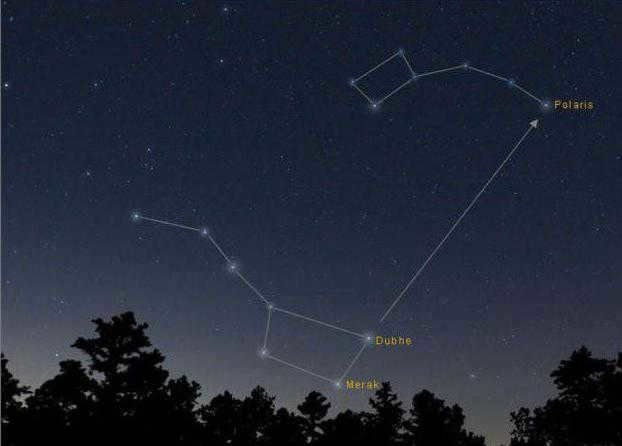
To gain a comprehensive understanding: based on their titles, they bear a striking resemblance and imitate the form of a pail. In terms of position, the Little Dipper is essentially inverted in relation to the Big Dipper.
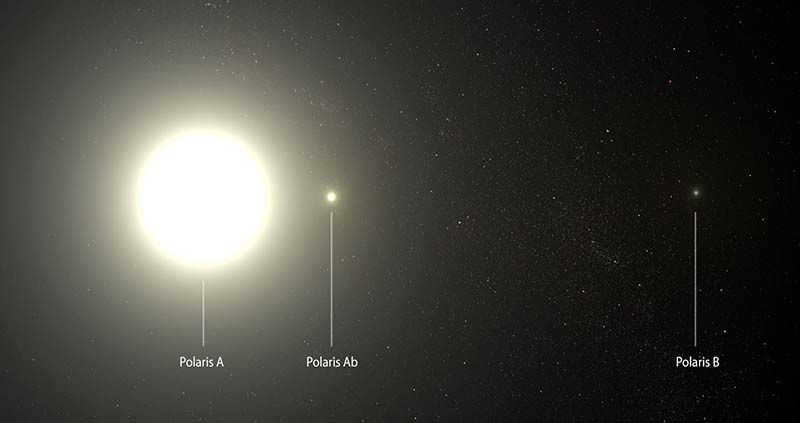
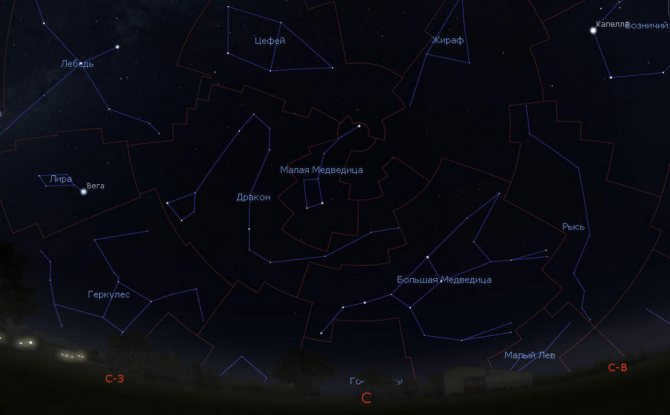
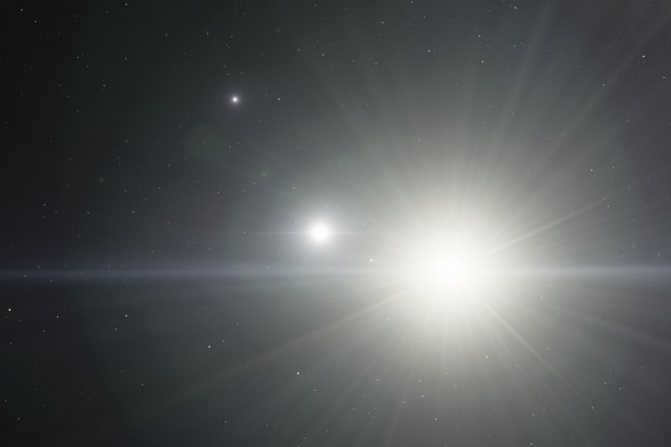
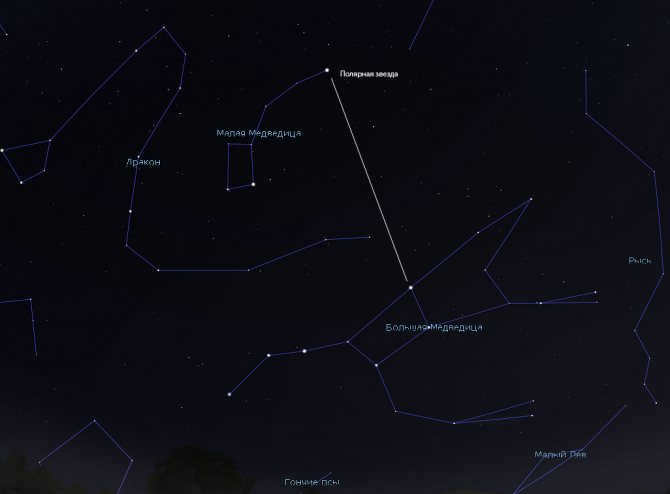
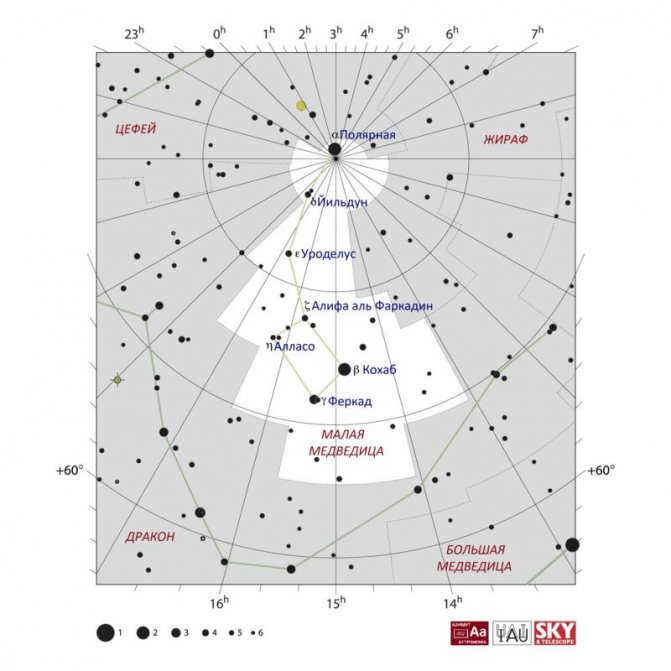
The constellations do not bear any resemblance to a brown or white animal. Hence, they were not named “dippers”. It is believed that the Greeks gave this name due to their knowledge of the constellations’ proximity to the North Pole.
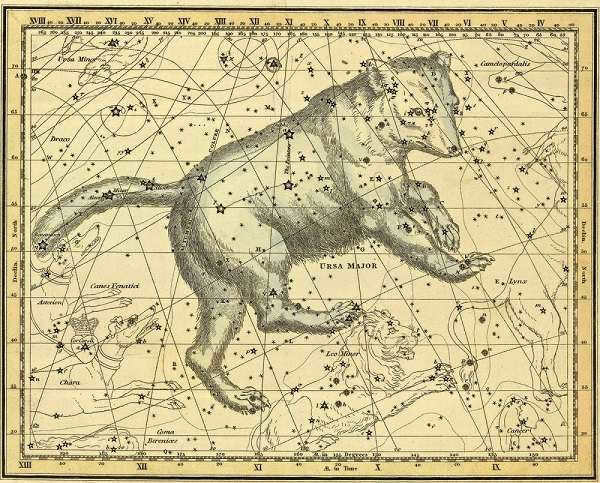
In ancient times, people relied on the stars to navigate since maps were considered a luxury. Surprisingly, their reliance on the night sky was proven to be accurate as early as 545 BC.
It’s no surprise that the main resident of the North Pole is the bear. This is why there are two constellations named after these majestic creatures, which can be found near the northernmost point of our planet.
Acquiring knowledge gives one power
Prior to embarking on your search, take the time to thoroughly study the star map. This will greatly simplify your task of locating the asterisk. Eventually, you will become convinced of how effortless it is to find the star cluster you are seeking. And if someone were to inquire about locating the Little Dipper within the Big Dipper, you would be able to provide a clear explanation, armed with a comprehensive understanding of the matter.
Now that we possess the knowledge of how to locate the constellation of the Little Dipper, let us discuss Polaris, the star that aided past travelers and navigators in their arduous and lengthy journeys. Despite not being the brightest star in the night sky, it is situated closest to the northernmost point of the world, with an error margin of no more than 1°. However, in just 145 years, this margin of error will surpass one degree.
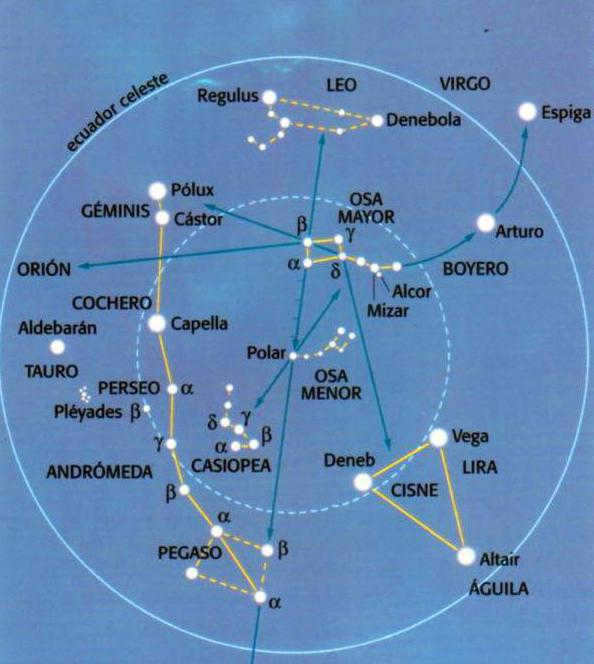
Only after the year 3200, the star that will be closest to the northern point of the world is Alderamin (alpha Cepheus).
Meteor showers in Ursa Minor
There is a meteor shower in this constellation called the Ursids. It starts on December 17th and lasts for about a week. The peak activity is on December 22nd, during which you can see about 10 meteors per hour. Occasionally, its activity can increase significantly, such as in 1945 when it reached 120 meteors per hour.
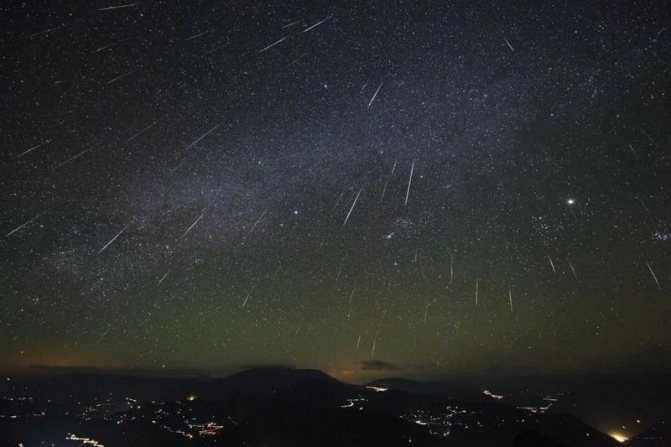
The Ursids meteor shower is caused by the Tuttle comet, which was originally detected by Pierre Mechene in 1790. This comet completes one full orbit in approximately 14 years.
The constellation Ursa Minor, also known as the Little Bear, can always be seen in the night sky. While it may not have many notable features, it is still worth locating and observing its stars. Don’t forget to point out Polaris, the North Star, to your children!
Also, don’t miss our article on Snotlout Mushrooms (Morchella): where and when to find them, photos and different species, and tips on distinguishing them from other mushrooms.

"Spins" the bear by the tail about the Earth's axis
Polaris remains in a fixed position, even as the Earth rotates on its axis and orbits around the Sun. The brightness of Polaris, the North Star, is not constant and undergoes periodic changes, with a cycle of 4 days and an intensity variation of 2.02 ± 2%. In the past, the fluctuations in luminosity were more pronounced, but they have since stabilized. Over the past century, the total brightness of Polaris has steadily increased by nearly 15%.
The pulsation is connected to the luminosity characteristic, which is precisely how Cepheids exhibit their behavior. The guiding star is among the most brilliant cepheids visible in the nighttime celestial sphere. Covering approximately 255.9 square degrees in the heavens, the Little Dipper is surrounded by neighboring constellations such as Draco and Cepheus.
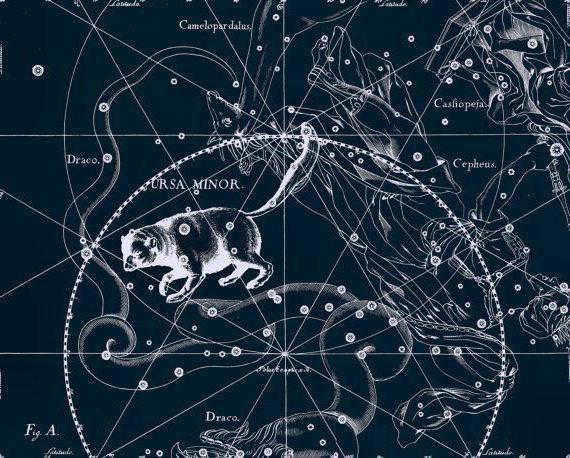
As mentioned earlier, the asterisk is located at the North Pole of the Earth – the point on the celestial sphere around which all objects rotate. The first record of this phenomenon can be found in historical sources by the Greek astrologer Ptolemy in the 2nd century.
Fascinating entities
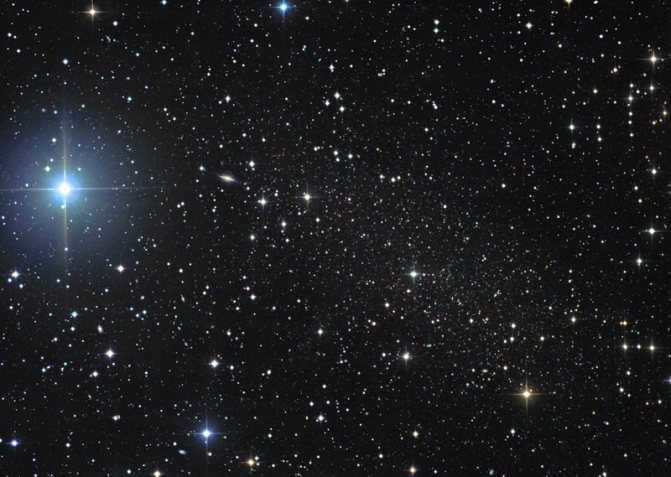
Image: The Little Dwarf Galaxy separating the Big and Little Bear constellations
In addition to the primary stars, there is interest in the galaxies found within the Little Dipper. The aforementioned Dwarf, a companion to the Milky Way, was first discovered in 1954. This galaxy is quite ancient, estimated to be at least ten billion years old. Due to its small size, it is difficult to determine if it contains gas, dust, or any star formation processes. It is sometimes referred to as Polarissima due to its proximity to the Earth’s axis of rotation.

In addition, there are also the galaxies NGC 6217 and NGC 5832 within the same constellation. All of these celestial objects are relatively small in size, making it necessary to use optical equipment for observation.
The constellation Ursa Minor and its stellar components
Ursa Minor consists of seven prominent stars. However, only the three brightest stars are easily visible to the naked eye. These stars are known as Ferhad and Cohab, which form the walls of the Little Dipper, and Polaris, which marks the handle of the constellation. The last two stars are located above the tail end of Ursa Major.
Location
Located in the constellation of the Little Dipper, you can easily spot it using the planetarium program Stellarium.
Locating this constellation is quite simple. It is surrounded by the Giraffe, Dragon, and Cepheus constellations. However, the easiest way to find it is by using Polaris as a reference point. By drawing a line through the two outer stars of the Little Dipper’s scoop and measuring upwards five times the distance between them, you can locate Polaris, which marks the beginning of the “handle” of another, smaller “scoop”. This smaller scoop is the Little Dipper. Although it is not as bright as the Big Dipper, it is still clearly visible in the night sky and can be easily distinguished from other constellations. In the Northern Hemisphere, this constellation is visible year-round.
“Alpha and Omega” constellation of Ursa Minor in the northern hemisphere
The Alpha (Polaris) star of Ursa Minor is situated approximately 431 light-years away from our planet. With an apparent magnitude of 2.02, it has been discovered that it is not just one star, but rather a system consisting of three stars. The brightest star in this system shines with a brightness nearly 2,000 times greater than that of the Sun. The second star in Ursa Minor has a mass equivalent to 1.39 times the mass of our Sun.

The polar bear constellation can be observed using a small telescope. The third star, Alpha, is 1.25 times more massive than our Sun and is located in close proximity to the first star. Thanks to the Hubble telescope, it is now possible to see Alpha as a separate star.
Kohab, also known as the Star of the North, is an orange-colored giant and the second brightest star, beta, in the Lesser Dipper constellation. It has a stellar magnitude of 2.8 and is located 126 light-years away from Earth.
Ferhad, the gamma star of the Little Dipper, has a magnitude of 3.6 and is located 480 light-years away. This star is classified as a hot giant with a temperature of 8600 K and belongs to the variable type of stars.
Delta Minor Bucket, also known as Yildun, is a white dwarf star situated approximately 183 light years away.
Zeta, another white dwarf, is positioned 380 light years from Earth. It possesses luminosity that is 200 times greater than that of the Sun and is in the process of transforming into a giant star.
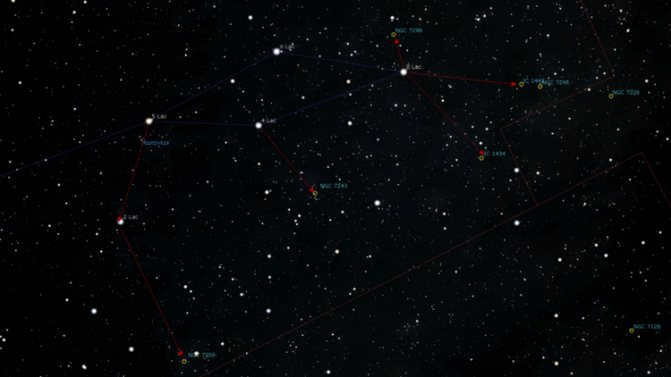
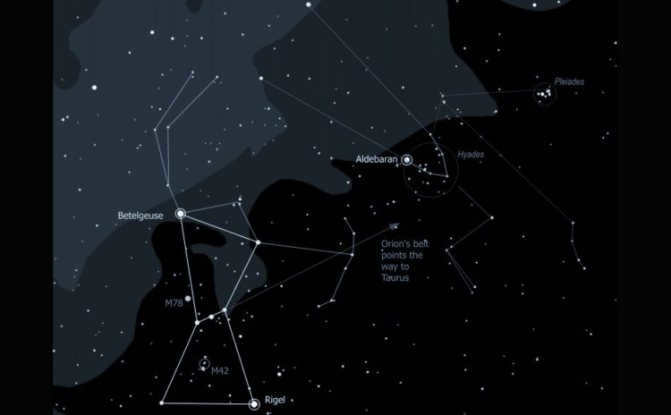
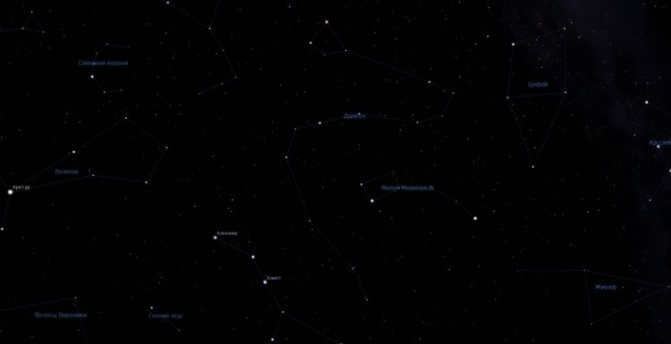
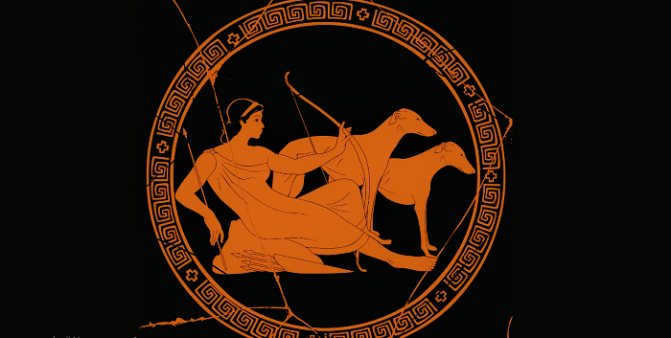
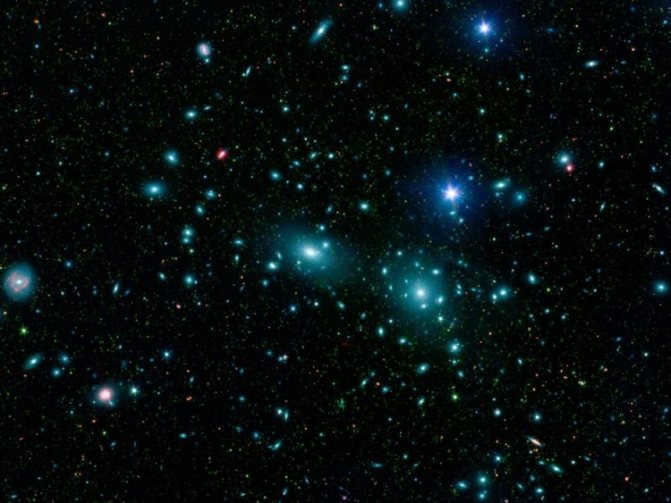
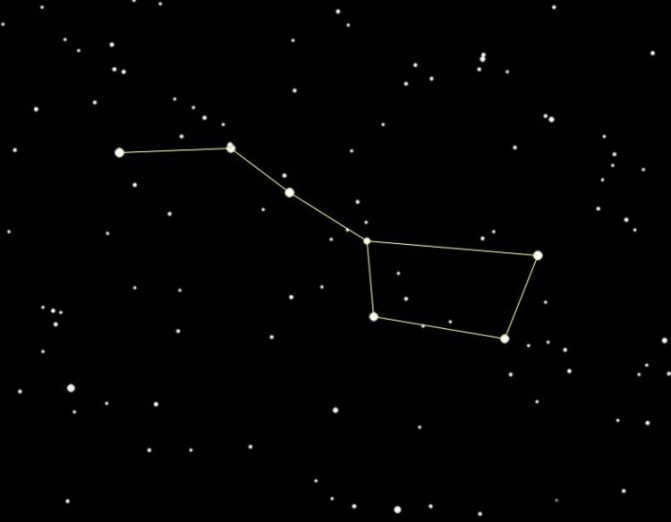
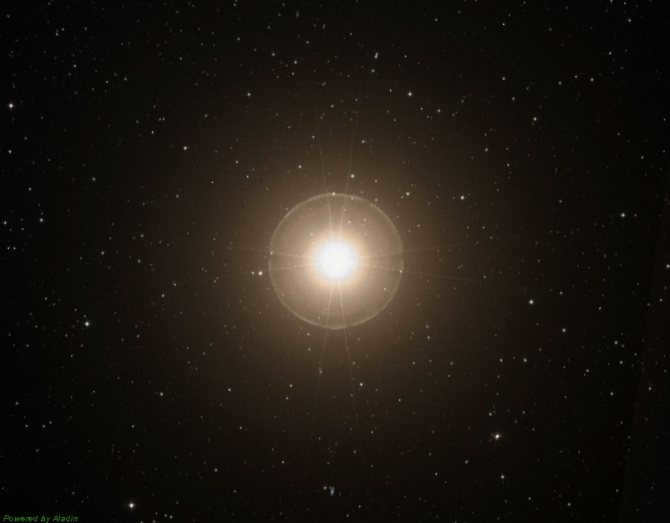
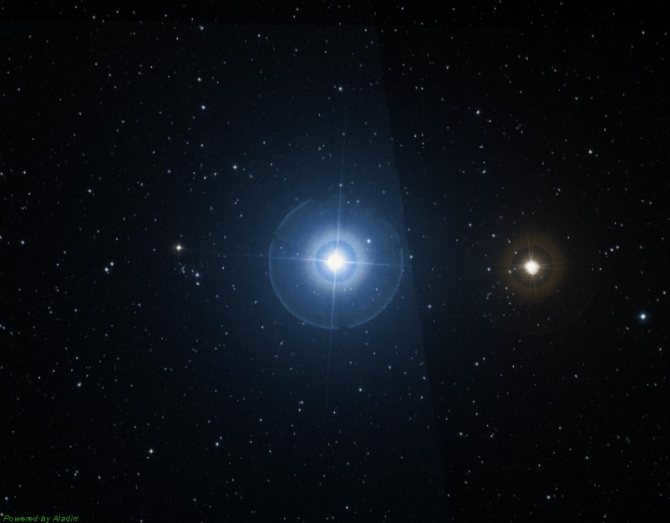
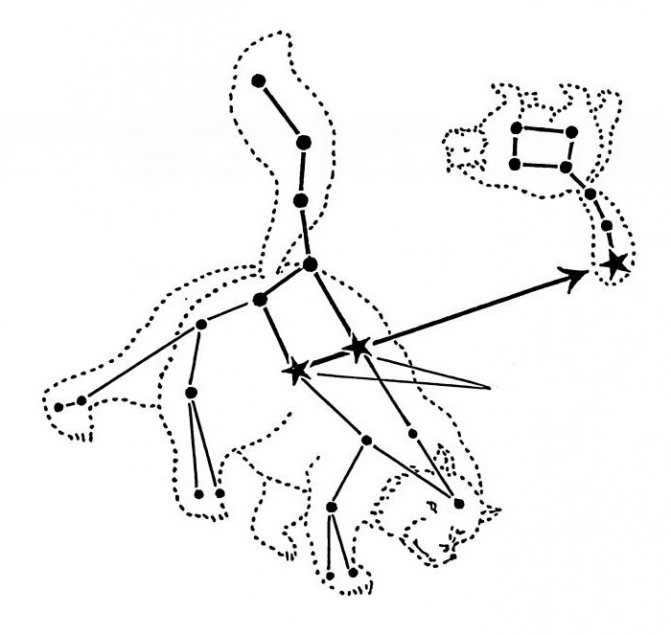
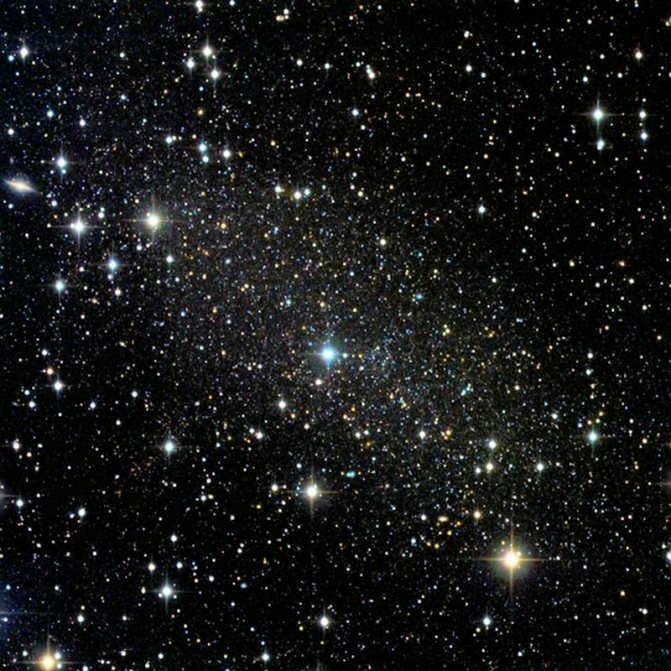
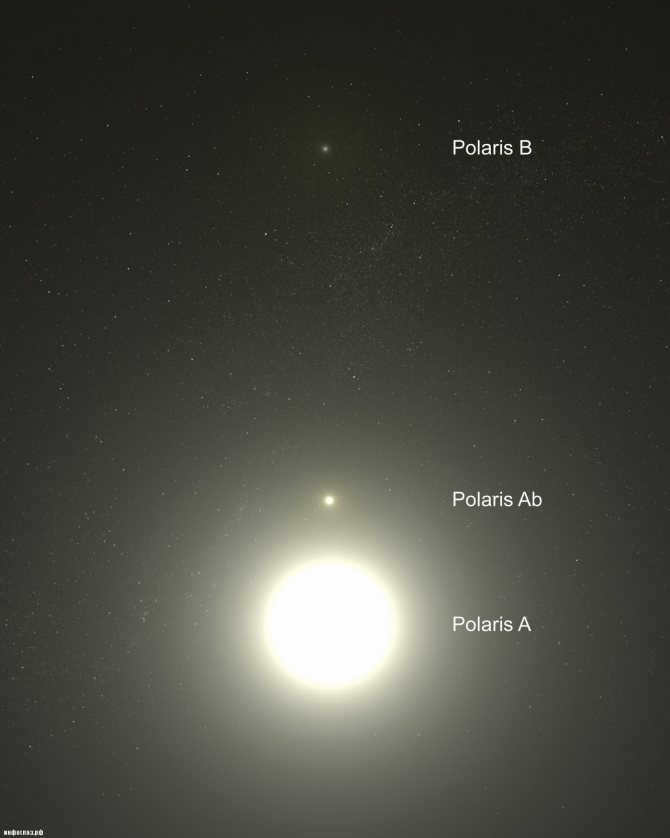
Asterisms
The constellation contains a pair of asterisms: the Small Dipper and the Guardians of the North Star. The former is familiar to contemporary observers and bears a striking resemblance to the Big Dipper, which is situated nearby but is slightly less radiant. It is comprised of the most prominent stars in the celestial cluster. Many believe that the Small Bear is comprised solely of these seven celestial objects, though in reality, there are an additional 18 stars that make up its composition.
The second asterism is far less renowned and traces its name back to ancient times, when its two constituent stars, known as Ferkad and Kohab, were positioned closer to the celestial pole than Polaris.
There are countless secrets and unexplored enigmas hidden within the vast expanse of the sky
Simply gazing upwards at the celestial bodies during the night reveals the breathtaking diversity of our expansive universe.
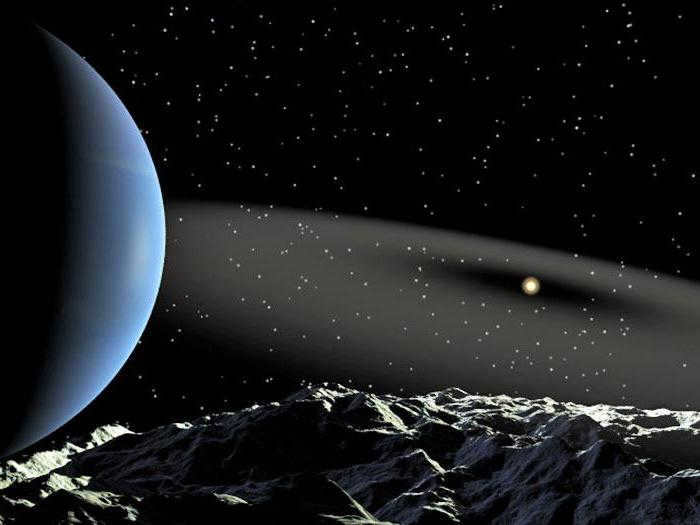
The Big Dipper constellation represents only a small portion of the whole. The limits and dimensions of our observable Universe have been accurately determined. These measurements are truly immense, spanning approximately 14 billion light years.
However, is the Universe truly as it appears? This question captivates the minds of esteemed scientists who develop hypotheses, conduct investigations, debate, and strive to comprehend the true nature of our existence. Some experts posit that the Universe is infinite, while others propose the existence of a Multiverse.
It is possible that one of these galaxies contains a planet and a country that are identical to ours, as well as a duplicate of yourself. The possibilities are endless, as science continues to uncover the mysteries of the universe. What may seem fantastical today could become a reality tomorrow.
The Origin of the Constellation
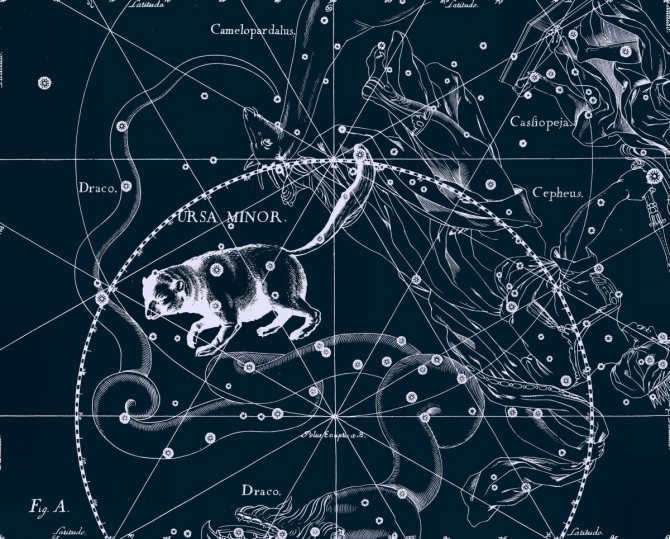
The image of the Little Dipper was created by Jan Hevelius for his collection of constellations.
The Little Bear constellation has a long history, dating back to ancient times. According to legend, Thales of Miletus, an ancient astronomer, first included it in the Ptolemaic catalog. In Greek mythology, the stars in this constellation are said to represent Callisto, a nymph who was transformed into a bear along with her mistress. To protect them, Zeus placed them in the sky, granting them eternal life. Many ancient civilizations were familiar with the stars in this constellation and used them for navigation.
Moving constellations across the sky
Finding the Big Dipper and Little Dipper constellations in the sky is a relatively straightforward task. They are most visible during the months of March and April. On crisp spring nights, the Big Dipper can be easily spotted directly overhead. The stars that make up the constellation are positioned high in the sky. However, as April progresses, the cluster of celestial bodies gradually moves towards the western horizon. Throughout the summer months, the constellation slowly shifts its position towards the northwest. By the end of August, the dipper can be seen very low in the northern sky. It remains in this location until winter arrives. During the winter season, the Big Dipper once again rises above the horizon, commencing its journey from north to northeast.
General attributes
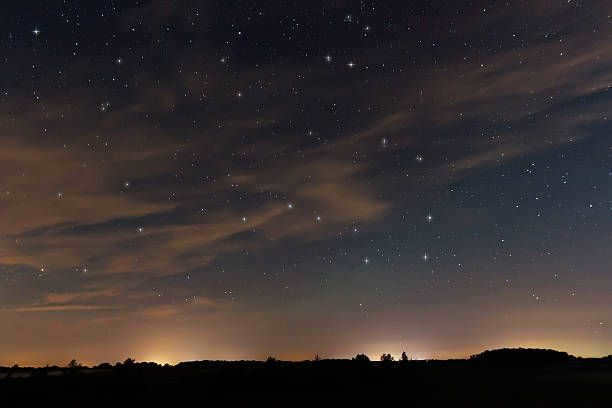
Polaris is bigger than the Sun and includes the primary luminary α Umi Aa and two smaller companions, α Umi B and α Umi Ab, as well as two distant components, α Umi C and α Umi D. This star was first observed in 1780 by the Earth’s Astrophysical Surveyor. Astronomer William Herschel discovered the star α Umi B in 1780. The constellation it belongs to is known as the Little Bear, which is quite popular among astronomy enthusiasts. It is one of the most prominent star formations, along with the Big Dipper, Orion’s belt, and Cassiopeia.
Adjust the position of the stars based on the time of day
Observe the changes in the arrangement of the Big and Little Dipper constellations as the day progresses. For instance, during the nighttime in February, we can see the dipper with its handle pointing downwards in the northeast direction. However, in the morning, the constellation will shift to the northwest, causing the handle to point upwards.
Interestingly, the five stars inside the dipper form a distinct cluster and move independently from the other two stars. Dubhe and Benetnash are slowly moving away in the opposite direction from the other five stars. Consequently, the dipper will eventually take on a completely different appearance. However, this change will not be noticeable to us, as it will take approximately a hundred thousand years for the significant transformation to become apparent.
Mastering the art of locating Perseus, Andromeda, and Ascendant
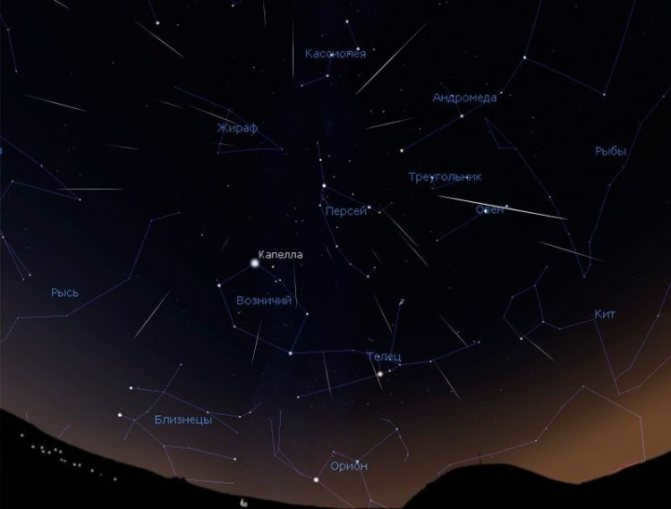
If you want to locate the Ascendant and the Pleiades, it is advised to observe the night sky around midnight during August, around 11 pm in September, and after 10 pm in October. To commence our celestial observation journey today, locate Polaris first, followed by the constellation Cassiopeia. On these August nights, Cassiopeia can be seen high above the northeastern part of the sky during the evening hours.
Extend your arm forward and spread your thumb and forefinger as far apart as possible. The angle between them will be approximately 18 degrees. Now, direct your index finger towards Cassiopeia while keeping your thumb pointing downward at a right angle. You will then be able to spot the stars that belong to the constellation Perseus. Compare the observed stars with the section of the star map and remember the position of the constellation Perseus.
During your quest for Perseus, you might have come across a brilliant yellow star positioned to the left and below Perseus. This particular star is known as Capella, the primary star of the Ascendant constellation. The Ascendant constellation can be found below Perseus, although to effectively locate it, observations are best made after midnight. However, a portion of the constellation can still be visible in the evening (in the central region of Russia, Capella remains a non-setting star).
If you follow the line of stars in the Perseus constellation as depicted on the map, you will observe that initially the line descends vertically (consisting of 4 stars) and then takes a right turn (3 stars). If you extend this mental line further to the right from these three stars, you will come across a shimmering cloud which, upon closer inspection by an individual with normal eyesight, will reveal itself to be a cluster of 6-7 stars resembling a miniature “dipper”. This cluster is known as the Pleiades.
The celestial sky has always captivated my attention, yet no matter how many attempts I’ve made, I’ve been unable to identify a single constellation. To be frank, the only constellation I can discern is the Big Dipper, and even that is just the dipper itself. I intend to bring the children to the planetarium next weekend in order to remedy this deficiency.
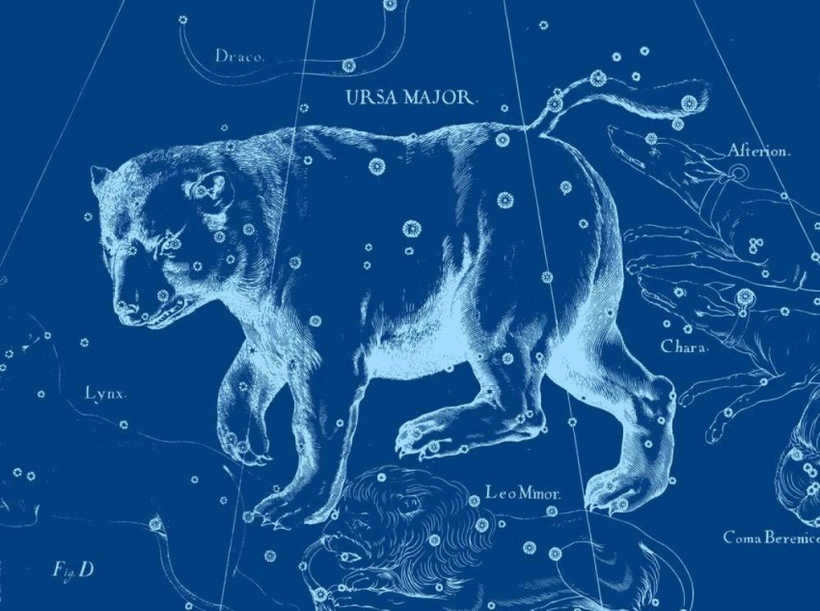
The Definition of Constellations
Constellations are remarkable formations of stars that are visible to the naked eye, and they are characterized by their arrangement in specific patterns. The modern sky consists of a total of 88 constellations. Many of these constellations were named during the era of great geographical discoveries, when sailors explored the southern sky and filled in the gaps in the northern sky. Thousands of years ago, the constellations looked different than they do today, and in the future, they will continue to change. This is due to the fact that the constellations are constantly moving across the sky, with new stars appearing and others disappearing.
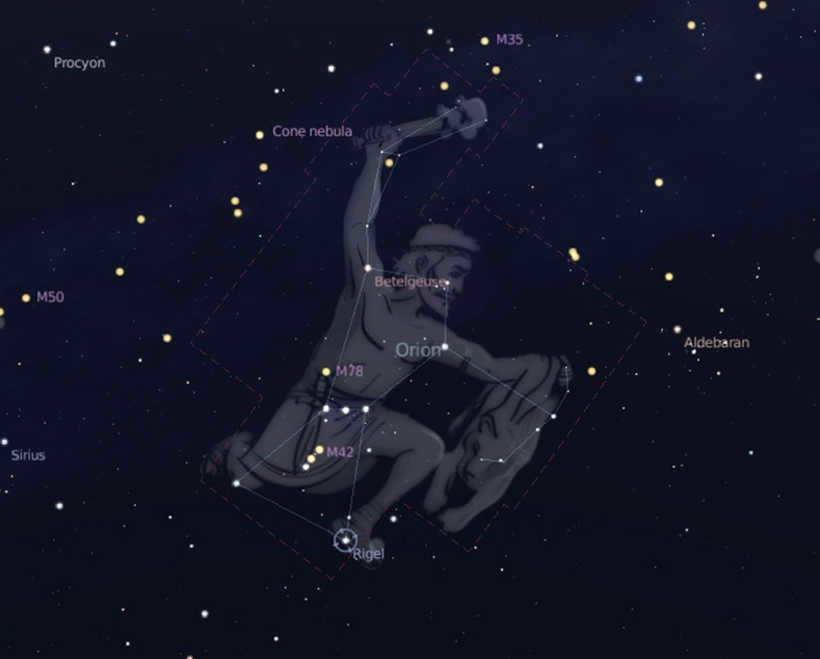
Orion – The Fascinating Constellation
One of the most captivating and easily observable constellations is undoubtedly Orion. It consists of a total of 2777 stars. Among them, three stars stand out and have piqued the interest of scientists:
The most luminous star in Orion is Rigel, classified as a beta star, emitting light that is 130000 times more intense than that of our own Sun. This supergiant is also significantly hotter than the Sun, with a temperature difference of 12,000 degrees Celsius. Additionally, Rigel is 75 times thicker than the Sun. Its brilliance makes it the most prominent star in the Milky Way region, and its light is crucial for astronomers to study the Orion nebulae.
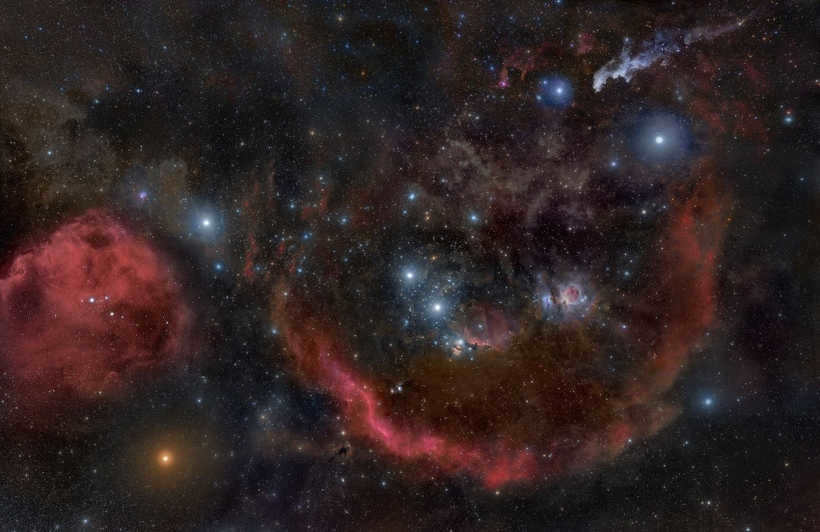
Betelgeuse is the dominant star in the Orion constellation and is significantly larger than its counterpart, Beta. In fact, Betelgeuse is so massive that it surpasses the size of our Sun by nearly 350 times. If we were to replace our Sun with Betelgeuse, our planet, along with others like Jupiter, would be engulfed by its immense size. Unlike its fellow stars in Orion, such as Bellatrix, Betelgeuse is not particularly luminous, but it compensates for this with its extreme heat, reaching temperatures of over 25,000°K.

There have been numerous efforts made to commemorate a monarch by assigning a constellation that already has a name. An interesting example is the endeavor to rename the Orion constellation in tribute to Napoleon.
My initial introduction to constellations occurred through the Umka cartoon. For some reason, the lyrics from the lullaby about the bears in the stars stuck with me so much that I began asking adults if there were actual bears residing in space. That’s when my father explained to me the concept of constellations and taught me how to locate the Big Dipper and the Little Dipper.
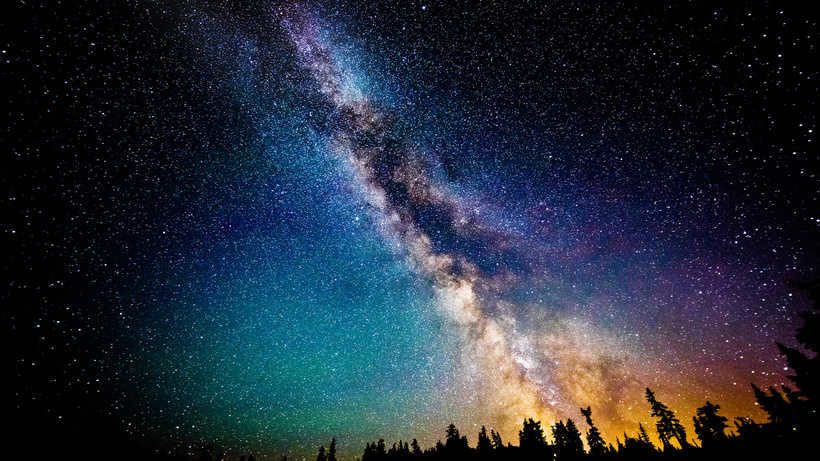
Understanding Constellations
The expanse of the sky is immense, filled with countless stars. In order to make sense of this vastness, scientists devised a way to categorize and organize them. This method involves grouping stars together.
These collections of stars are known as constellations. Interestingly, constellations do not necessarily occupy neighboring positions in space. There are instances where it appears that certain stars are in close proximity to one another from Earth’s perspective, when in reality, they are separated by vast distances spanning light years.
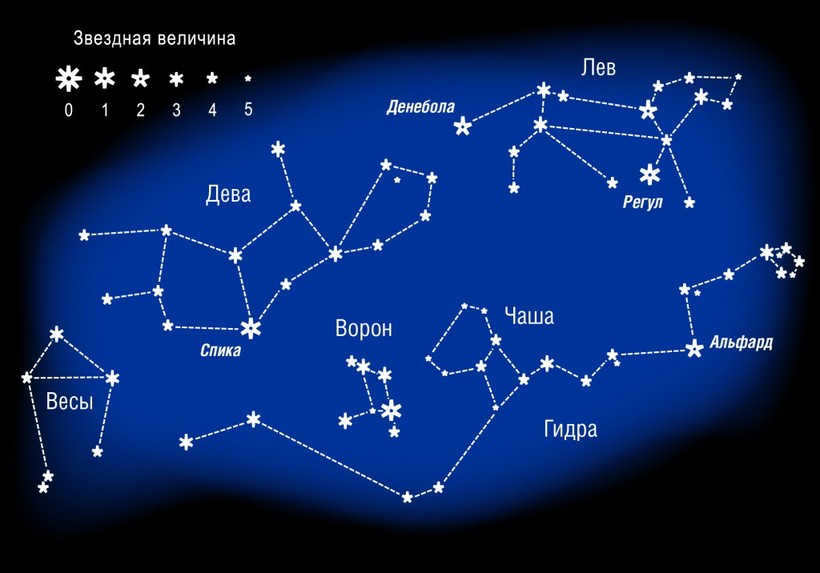
There are a total of 88 constellations. Over half of them are visible from within Russia.
Locating the constellations Ursa Major and Ursa Minor
The easiest way to find the constellations Ursa Major and Ursa Minor is by locating the Big Dipper. This constellation resembles a bucket with six bright stars.
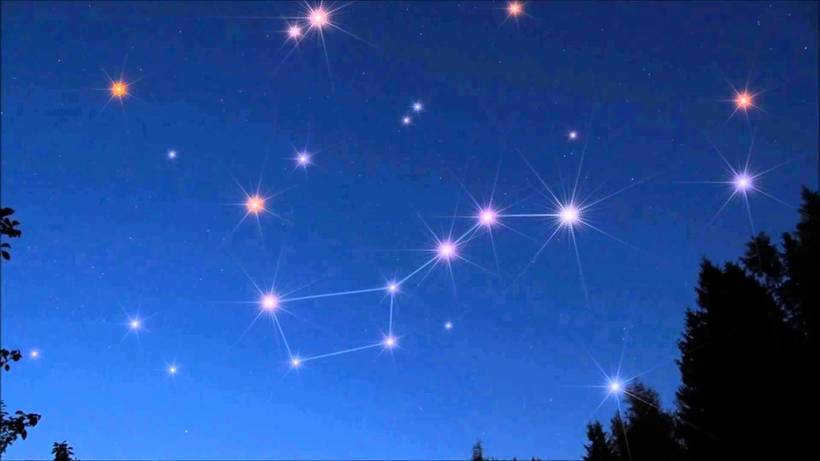
Once the mother bear star is located, the next steps should be taken:
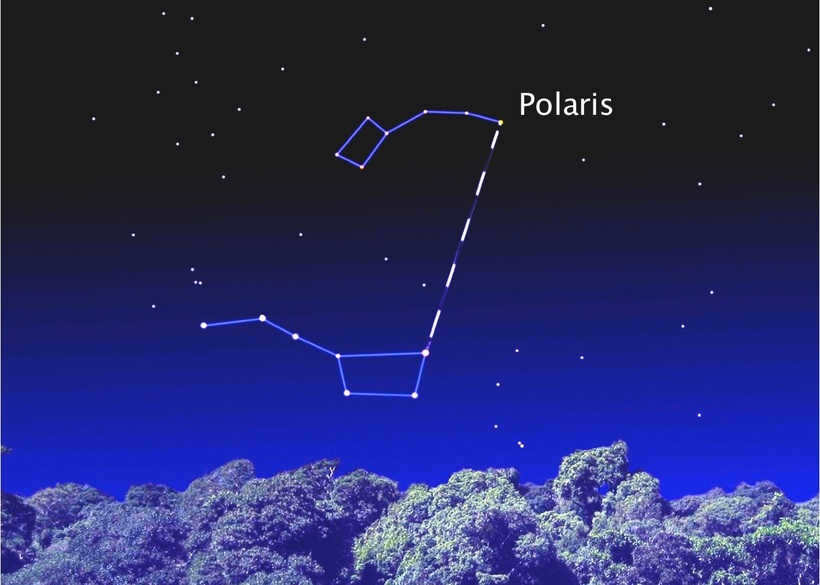
- Use your vision to locate the “wall” of the Big Dipper on the opposite side of the “handle”.
- Make an approximate estimation of the length of this “wall”.
- Extend the line of the “wall” by increasing its length five or six times.
Reasons to Seek Out Polaris
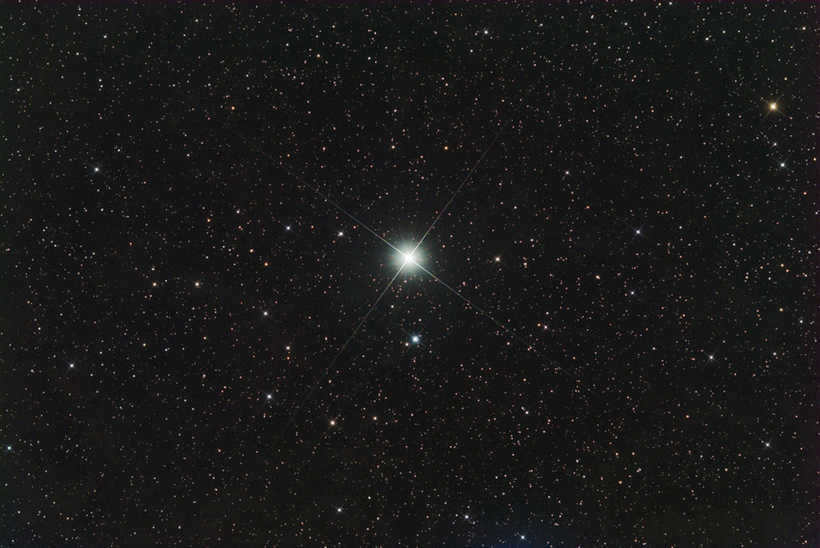
The North Star, also known as Polaris, is always found in the northern hemisphere. Therefore, if you find yourself lost at night without a compass, you can use it as a guide to help you find your way. In ancient times, explorers often relied on star navigation. However, in today’s world, we have more advanced methods for orienting ourselves.
What is the ultimate location for stargazing?

It can be challenging to spot stars in the city due to the overwhelming brightness of houses and signs that obstruct the beauty of the starry sky. The optimal location to observe the sky is in the countryside, where the natural environment resembles that of the countryside. Patience is required until nighttime falls, but once it does, there will be no obstacles hindering the search for the desired constellation.
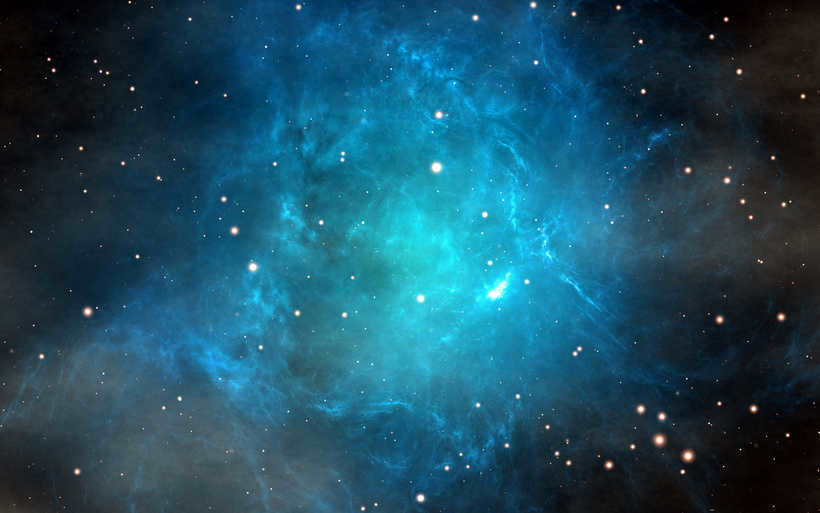
What is a star cluster
In actuality, constellations have served as the foundation for numerous myths and legends, but in the present day, they assist astronomers in examining distant celestial objects through powerful ground-based telescopes. A constellation refers to a specific section of the night sky that facilitates quick attention focusing when necessary. In ancient times, constellations consisted of the most brilliant stars. It is intriguing that when observed from Earth, all celestial objects within a constellation appear to be in close proximity to one another.
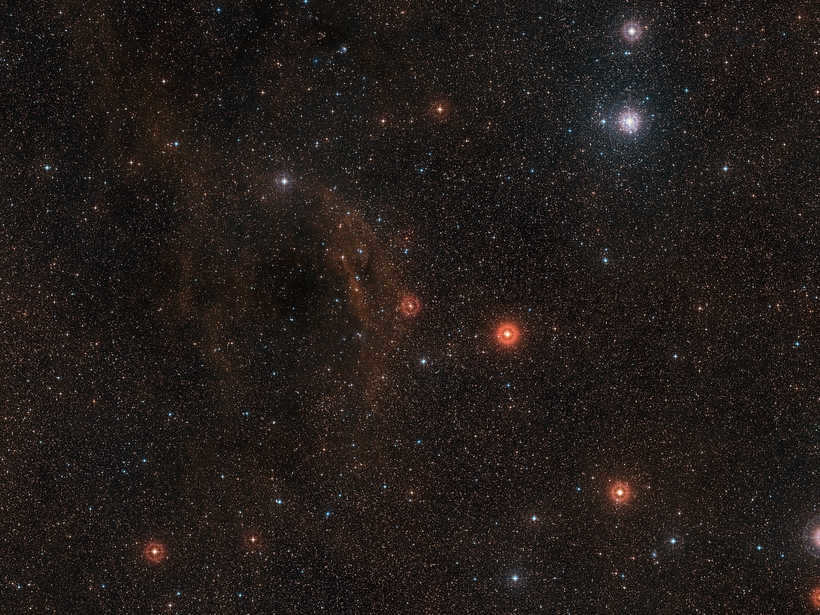
It’s fascinating that when someone looks at a constellation from Earth, it appears as if all the celestial bodies are close together, but in reality, their distances in three-dimensional space can be tens of thousands of light years apart. There are a total of 88 constellations, which are divided among them in the starry sky. However, due to the Earth’s rotation, not all constellations can be observed simultaneously from any given location. Therefore, they are classified based on geographic coordinates. Some of the most popular categories for naming constellations and prominent stars include:
- Representations of real objects.
- Fictional and real animals.
- Characters from myths and legends.
Additionally, there exists another cluster known as the zodiacal assemblage, which comprises 12 constellations including The Serpentine.
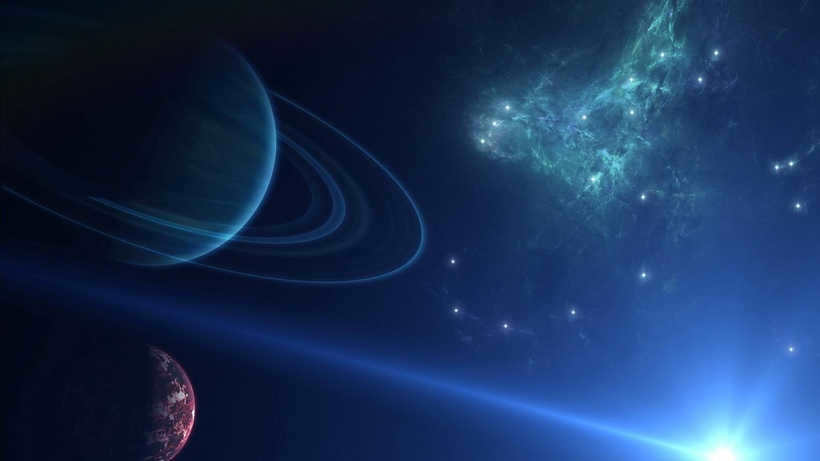
The most notable star groupings
As mentioned earlier, it is sufficient to familiarize oneself with the most brilliant and easily observable star groupings. Among these constellations is Ursa Major, a constellation whose seven stars bear a striking resemblance to a ladle with an elongated handle. Another noteworthy constellation is Andromeda, which contains several stars of the second magnitude and even one of the largest spiral galaxies visible to the naked eye. Additionally, we have the constellation Canis Major, which boasts the brightest star in the night sky, Sirius.

Stargazing has always held a special place in my heart, ever since I was a young girl and my father and I would engage in this activity together. Each month, we would make multiple trips to the planetarium, where he would teach me about various constellations. However, my fondest memories were the trips we took to the countryside, where we would spend the night and immerse ourselves in the enchanting and enigmatic beauty of the starry sky. Now, as a mother myself, I continue this tradition with my own daughter, sharing with her everything that I have come to know and appreciate.
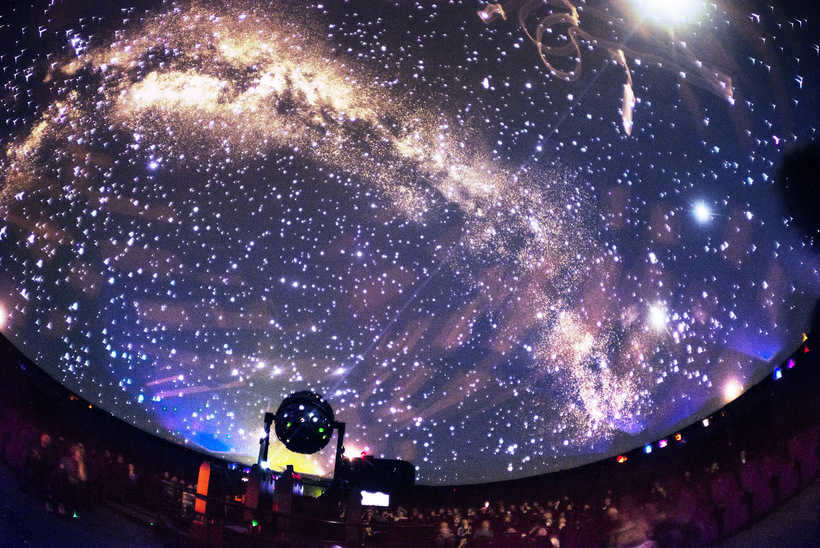
Constellation as a part of the celestial sphere
A constellation is a segment of the celestial sphere populated by stars., which divides the entire starry sky into distinct sections. However, this was not always the prevailing understanding, As scientists in the 19th century viewed constellations merely as star patterns in the sky. It was later discovered that certain stars belonged to multiple constellations simultaneously, while others did not fall under any specific constellation.
Why is the division of the starry sky into constellations necessary?
Constellations are used in science for convenience and as a guide to locate specific stars.
When observed from Earth, the stars within a constellation appear to be close to each other and may even seem connected in space. However, in reality, many of these stars are actually located far apart from each other.
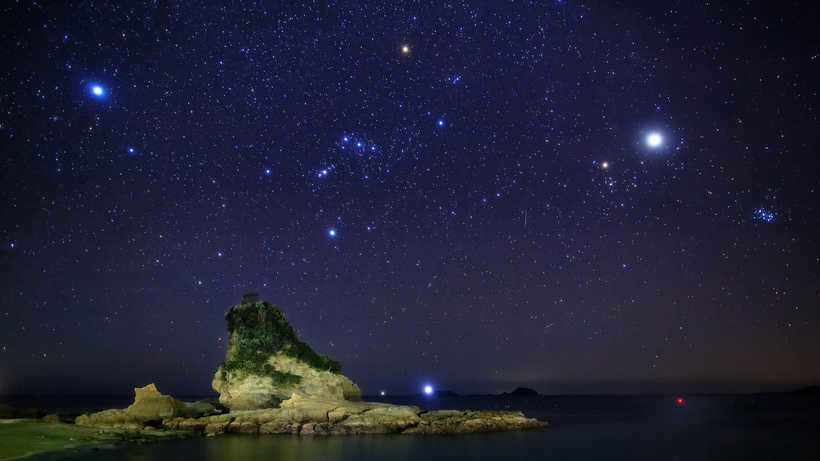
Some interesting facts about the most remarkable constellations
Every constellation is unique and distinct in its own way. Let me enlighten you about the most remarkable constellations:
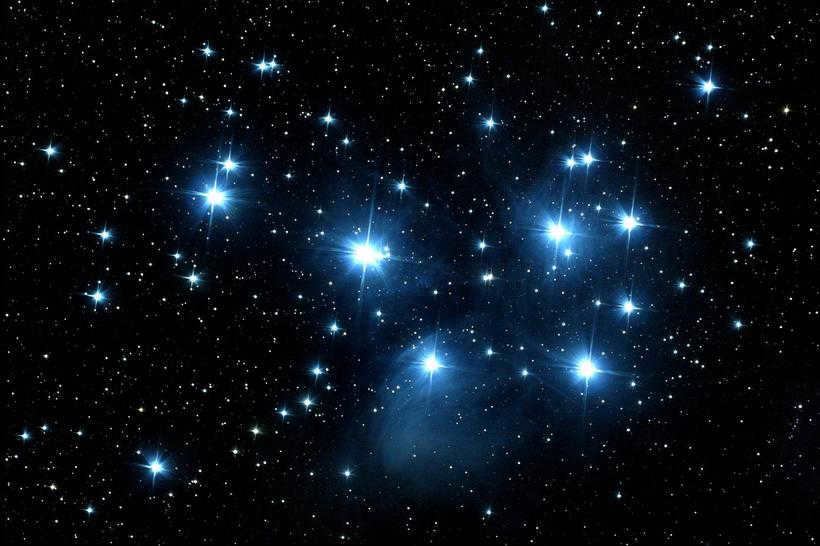
- Hydra is the largest constellation, covering an area of 1303 square degrees, which accounts for over 3% of the celestial sphere. This constellation can be found in both the northern and southern celestial hemispheres.
- The Southern Cross is the smallest constellation, yet the brightest in the southern sky. It occupies an area of 68 square degrees.
- Orion is another bright constellation in the northern sky, with 209 stars visible to the naked eye.
- Table Mountain is the dimmest constellation in the celestial sphere, consisting of 24 stars that have a brightness no greater than fifth magnitude.
- The Pleiades is the constellation closest to the solar system, located 410 light-years away.

My friends and I have a wonderful tradition from our childhood that I personally really enjoy. Approximately once a year, we take a stroll in Yaroslavl, and on each occasion, we make sure to visit the Yaroslavl Planetarium. The Yaroslavl planetarium is always a highlight of our visit. One of the programs that I particularly love is the one about constellations. I find all constellations to be absolutely captivating in their beauty. They are each so distinct and possess their own unique essence.

The Evolution of Constellations
The concept of constellations has evolved significantly throughout different eras. Modern scientists have identified 88 unique constellations, a far cry from the original understanding.
It was Ptolemy who first organized and named the constellations. During his time, there were 48 recognized constellations, which have retained their names until today.
During the Age of Exploration, an additional 12 constellations were discovered. Over time, new constellations gradually made their way onto the starry sky map, with the process being completed by the 18th century.
There were several attempts to change the old constellation names, but none of them succeeded.

Groups of stars that share the same name
A constellation is a group of stars that forms a distinct recognizable shape. The surrounding area of these stars is also considered part of this concept. Each constellation is defined by specific boundaries, which are marked on a map. When observing them at night, you will notice that they are not stationary, but instead move. Some constellations orbit around a central point (the North Pole of the world), while others follow an arc and eventually disappear below the horizon. If you make observations in the Northern Hemisphere, facing south, you will see that the stars move in a clockwise direction.
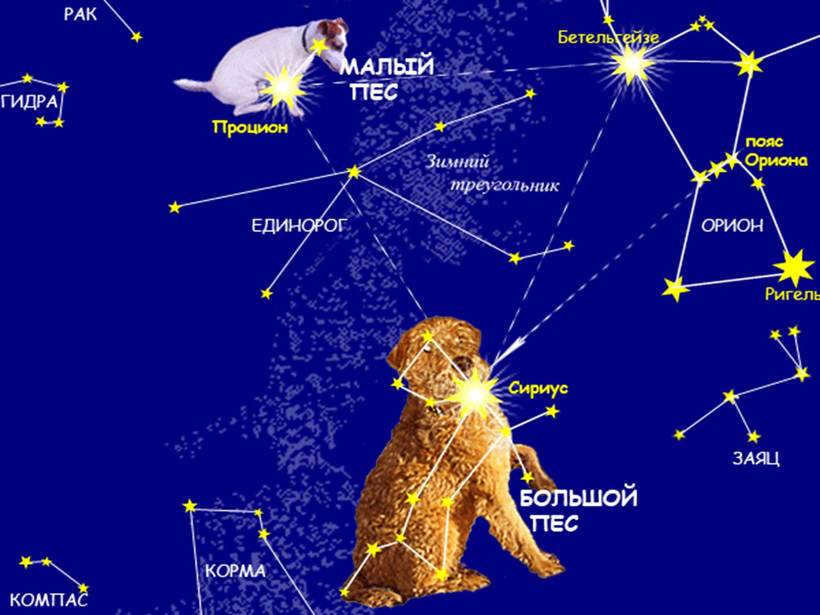
Classification of constellations
The most common way to categorize them is by using a coordinate system specifically created by astronomers for this purpose:
- Equatorial constellations. These constellations are visible from almost anywhere in the world. Examples include Orion, Aquarius, Serpentine, Unicorn, Pisces, and others.
- Northern polar constellations. The most famous ones are the Great Bear and the Little Bear.
- Southern polar constellations. Many of these constellations are named after inanimate objects such as Compass, Southern Cross, Clock, and more.

A constellation forms a part of the celestial sphere
Initially, I perceived it as just one of numerous clusters of stars. Historically, constellations represented groups of the most prominent stars that were organized into specific configurations. However, within the realm of contemporary science, constellations serve as divisions of the celestial sphere, enabling scientists to navigate the starry expanse more easily. In total, there exist a grand total of 88 constellations.

Discover the biggest constellations
When observed from our planet, the constellations may appear diminutive, almost as if they can be encompassed within the grasp of one’s hand. Nonetheless, in reality, the largest constellations occupy a vast expanse of more than a thousand square degrees (which is a unit of measurement employed in the field of astronomy).

- The biggest constellation in the night sky is Hydra. It is hard to believe, but it covers approximately 1303 square degrees;
- Virgo comes in second as the largest star cluster. It covers an area of about 1294 square degrees;
- While the Big Dipper may be the most well-known constellation, it is not the largest. The actual size of the Big Dipper is around 1,280 square degrees;
- The Whale is the next largest constellation in the night sky. It spans an area of 1,231 square degrees;
- Hercules is the fifth largest constellation and covers an area of approximately 1,225 square degrees.
Did you know these fascinating things about stars?
